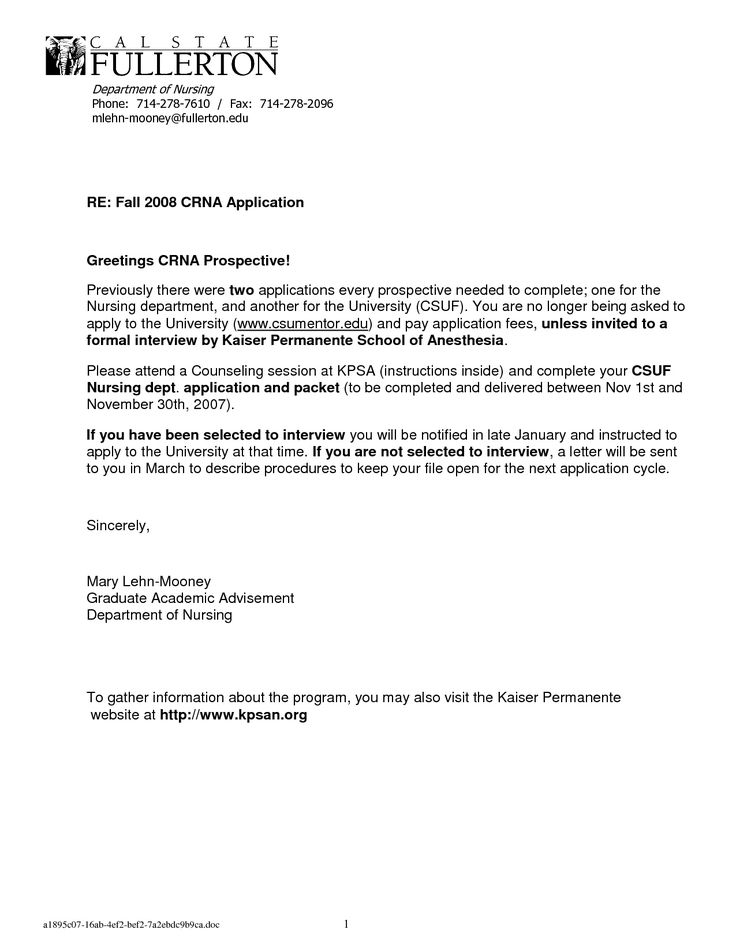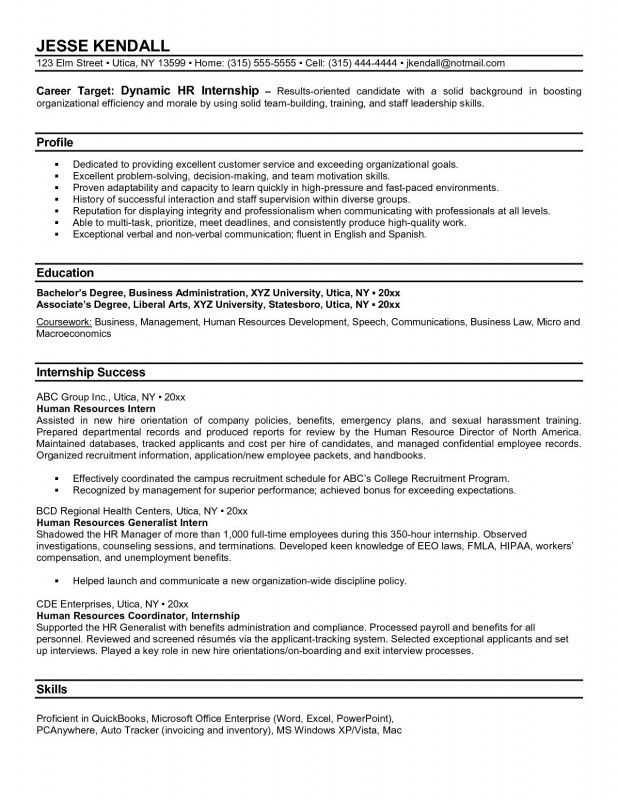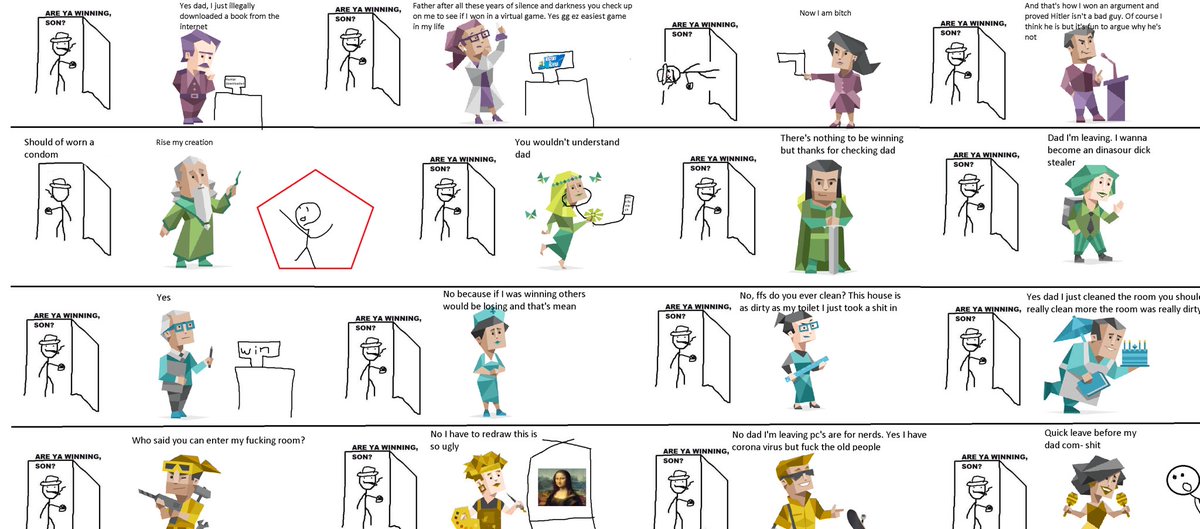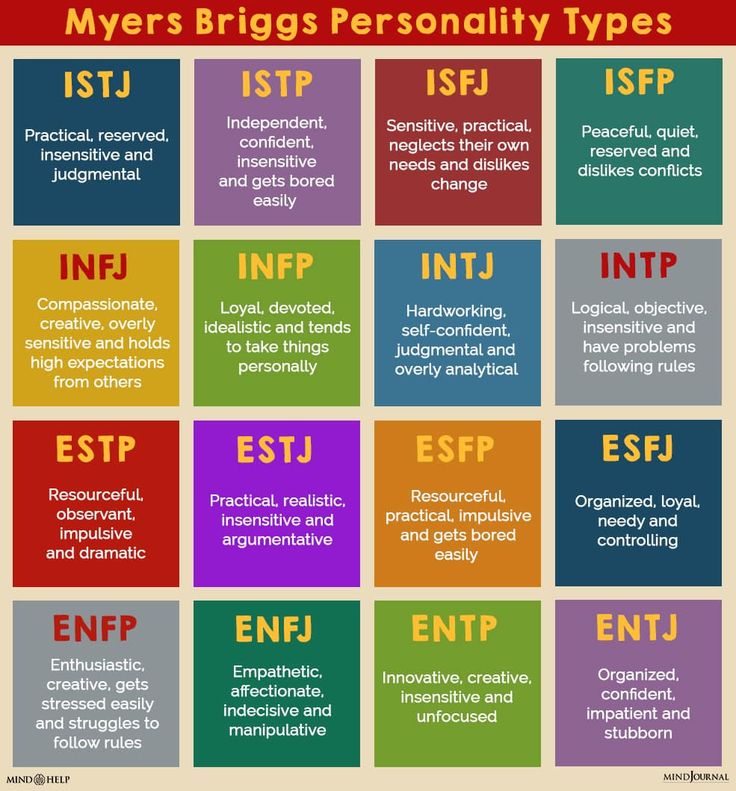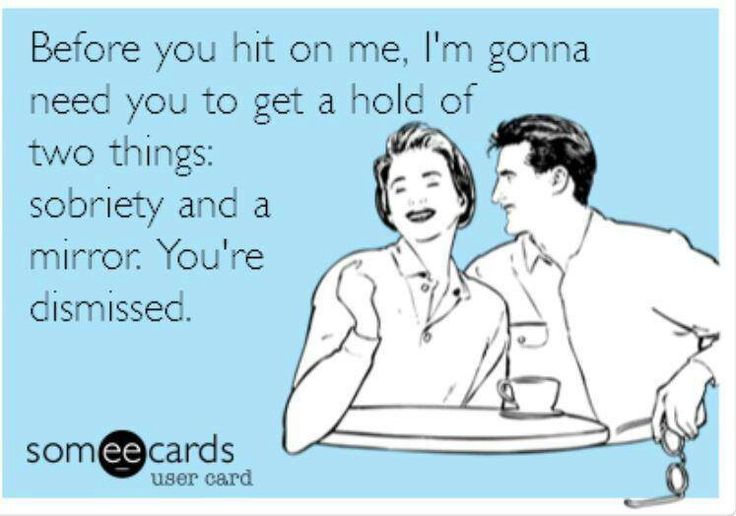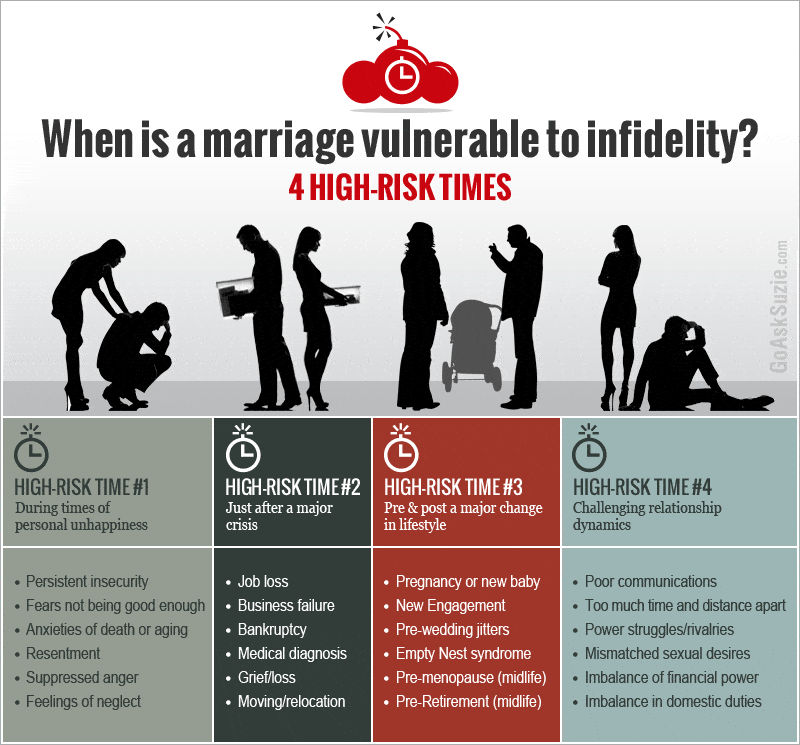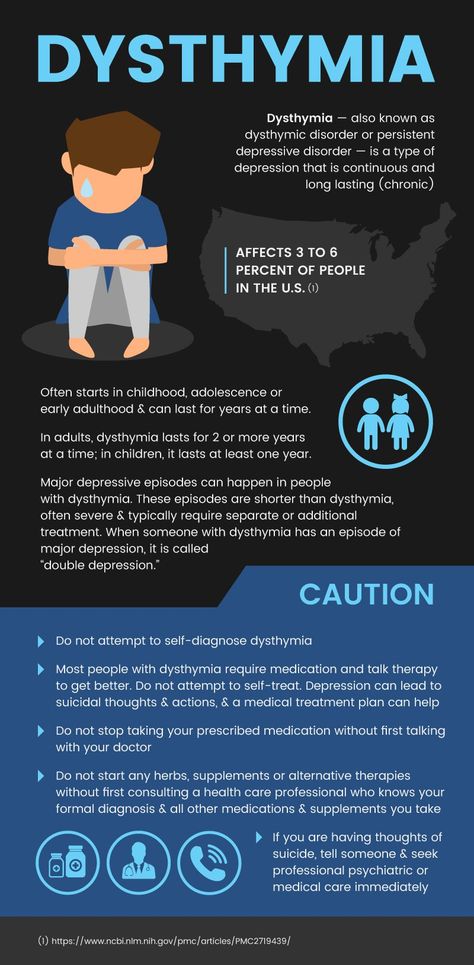Counseling session example
C. SAMPLE SESSIONS - Basic Counseling Skills
Step Three - Putting Together Theory and Practice in Sample Sessions
These simple sample sessions are a way for you to see how Counseling Techniques and Counseling Theories come together. Example of more complex sample sessions are available elsewhere but are beyond the scope of student, volunteer and new counselors. (This link is to The Mental Health Desk Reference: Visual Guides and More for Learning to Use the Diagnostic and Statistical Manual edited by Carlton E. Munson.)
What is most important of all in your practice is that you are there and you care. You listen with empathy, acceptance and genuineness.
You create the nurturing environment (and sometimes get the information or resources for them that they might not know about or have access to) and tra-da! A difficult corner in the road of life will have been rounded.
Since you are a student, volunteer or “general practice” counselor, if your client needs more than this, you may need to refer. My family doctor once said to me – and I treasure her wisdom:
“If you refer and the referral was not necessary, people will forgive you. But if you don’t refer and the referral WAS necessary …”
Well, you get the picture.
You are now going to get to be a "fly-on-the-wall" in a series of sample sessions. Counselor Joan is in her mid-fifties, works in Student Services at a college, and has an "eclectic" approach to counseling - using the theories and techniques most appropriate for her client in any given meeting. Mary is a third year college student who is feeling depressed and anxious and has "relationship issues" - the most common reasons for seeking help. She has never had counseling before and is not quite sure what to expect.
This is a fabricated series and any resemblance to actual people or events is coincidental and unintended.
Background
Mary has felt “down” and "testy" for some time. She saw a student services poster in the women’s bathroom and decided to give them a call. At this center the reception only asks:
She saw a student services poster in the women’s bathroom and decided to give them a call. At this center the reception only asks:
1. If the person is a college student or alumnus
2. Name
3. Phone and email
4. Counselor preference – gender, language, etc.
*****
To see how things are going, click on the following SAMPLE SESSIONS buttons on the left hand side.
1 - Client Centered (Carl Rogers)
2 & 3 - A "No Show" and a Cancellation (It happens!)
4 - Strength Based (Positive Thinking / Learned Optimism)
5 - Cognitive Behavioral (ABC Method)
6 - Holistic Health (Biopsychosocial Model)
7 - Solution Focussed (Where do I want to be?!)
8 - Existential (What am I here?!)
9 - Becoming Unnecessary (Learning to Let Go)
Still feeling a little anxious? Maybe you need to watch "The Worst Counseling Session Ever!" :)http://www.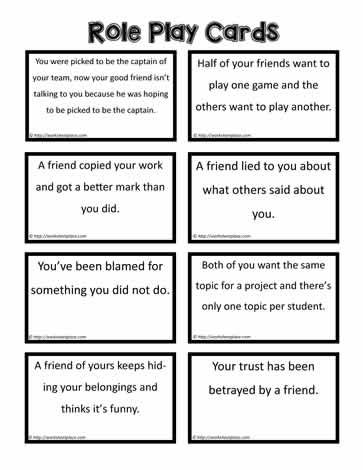 youtube.com/watch?v=48wzZww2RUk&feature=related
youtube.com/watch?v=48wzZww2RUk&feature=related
Make yourself a good person, then you can be certain there is at least one less bad dog in the world. - Unknown
Buy at AllPosters.com
Take me to the top of the page!
List of Counseling and Psychotherapy Demonstration Videos – Dr. Joseph H. Hammer
Watching video explanations and demonstrations of counseling/psychotherapy is a great way for mental health professionals-in-training to see how more experienced professionals help clients.
Below is a list of links to videos of a variety of mental health professionals using various theories and techniques to help clients with an array of presenting concerns and mental illnesses. The videos are organized by Theory/Approach/Type of Therapy and sometimes by sub-category.
Please bear in mind that there is no one way to do a particular kind of therapy (e.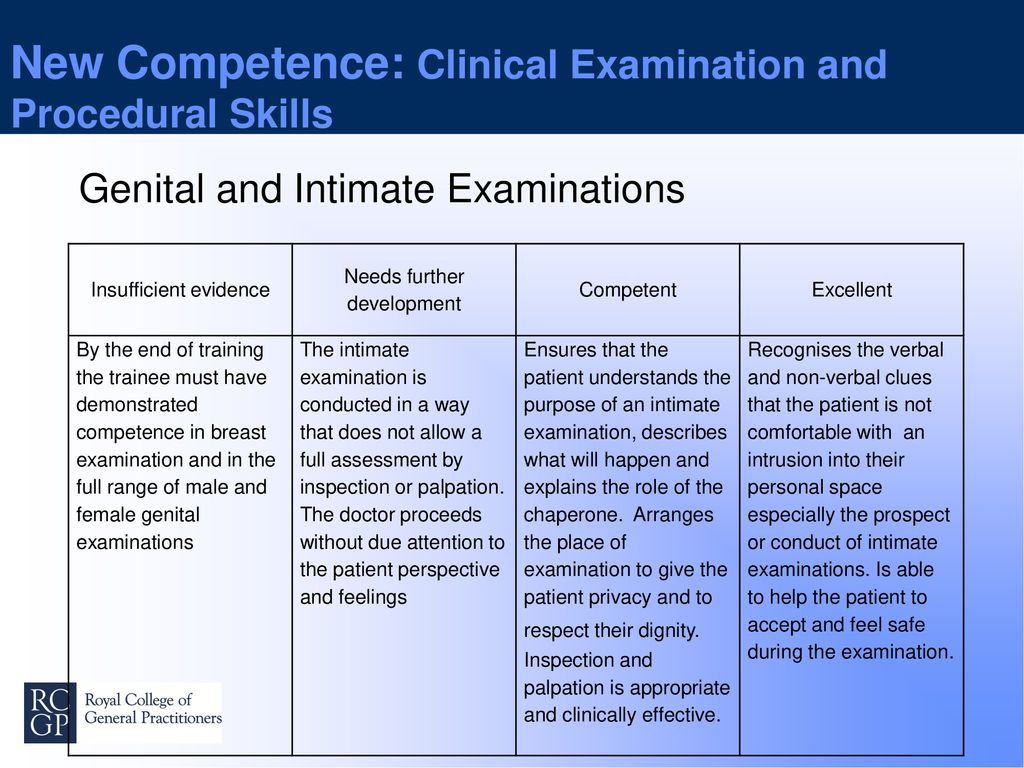 g., CBT), as all therapists bring their own personality to how they conduct their counseling, so please watch these demonstrations with a grain of salt. These are good examples, but they are not necessarily representative of how these kinds of therapy should best be done. Feel free to email me links to additional therapy demonstration videos that should be added to this list, but make sure that the video is non-copyrighted and the therapist demonstrating the therapy is qualified (i.e., has the appropriate mental health master’s or doctoral degree).
g., CBT), as all therapists bring their own personality to how they conduct their counseling, so please watch these demonstrations with a grain of salt. These are good examples, but they are not necessarily representative of how these kinds of therapy should best be done. Feel free to email me links to additional therapy demonstration videos that should be added to this list, but make sure that the video is non-copyrighted and the therapist demonstrating the therapy is qualified (i.e., has the appropriate mental health master’s or doctoral degree).
If you’re thinking about graduate school in psychology, be sure to check out my Psych Grad School resources using the menu above, such as the Graduate School Advice and Best Doctoral Programs in Counseling Psychology pages. I also recommend completing the Mental Health Professions Career Test, which will give you interest scores on 21 different mental health occupations, including counseling psychology and clinical psychology.
Choose Your Own Therapy Adventure
These are interactive therapy exercises that may be helpful to students who are learning to provide talk therapy for the first time.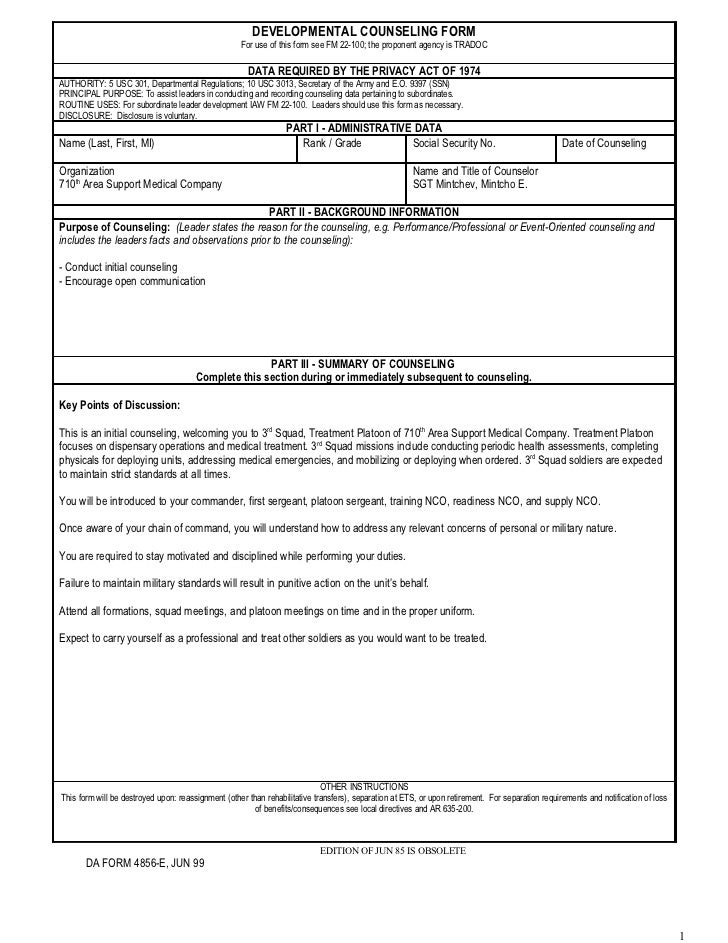
- Therapist Exercise #1: Choosing the Better Therapy Intervention – See how different therapist responses to what a mock therapy client says can influence what the client will say next.
- Therapist Exercise #2: Choosing the Better Therapy Focus – See how choice of topic can influence the depth of what a mock therapy client will share.
- Therapist Exercise #3: Text-Based Adventure, Choosing the Better CBT Intervention – In this text-based choose your own adventure exercise, you will be playing the role of a therapist who uses core counseling skills and Cognitive Behavior Therapy (CBT) skills to help the client explore the difficulty that is bringing them into therapy.
Cognitive Behavior Therapy (CBT)
-
- Anxiety
-
- CBT Role Play. Sessions 1-6. Dr. Todd Grande
-
- CBT Role-Play – Complete Session – Social Anxiety Disorder – Part 1 (6:32)
-
- CBT Role-Play – Complete Session – Social Anxiety Disorder – Part 2 (10:22)
-
- CBT Role-Play – Complete Session – Social Anxiety Disorder – Part 3 (6:03)
-
- CBT Role-Play – Complete Session – Social Anxiety Disorder – Part 4 (6:30)
-
- CBT Role-Play – Complete Session – Social Anxiety Disorder – Part 5 (4:45)
- CBT Role-Play – Final Session – Social Anxiety Disorder – Part 6 (7:37)
-
- CBT Role Play. Sessions 1-6. Dr. Todd Grande
-
- CBT Anxiety when driving (9:54)
-
-
- CBT- Using a CBT Worksheet; Anxiety about Transportation (7:42)
-
- CBT Social Anxiety.
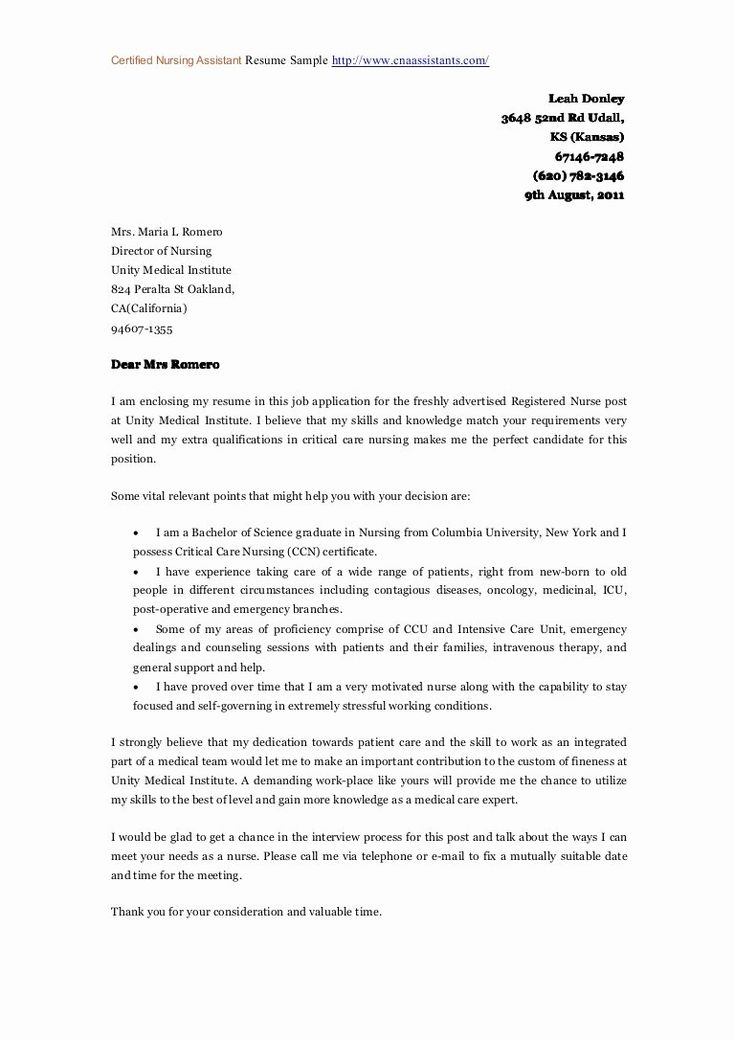 Sessions 1-3 Judith Johnson
Sessions 1-3 Judith Johnson -
- CBT Model- Intake Session- Symptoms of Social Anxiety- Part 1 (12:02)
-
-
-
- CBT- Downward Arrow and Thought Challenging Techniques- Part 2 (9:23)
- CBT -Behavioral Experiment Case Example – Part 3 (11:59)
-
-
-
- CBT for Social Anxiety Disorder: Using downward arrow and thought challenging techniques (9:23)
- This video specifically displays the use of downward arrow and thought challenging techniques when it comes to treating someone with Social Anxiety Disorder. Going further than CBT by showing the exact techniques used is beneficial and valuable information.
- CBT for Social Anxiety Disorder: Using downward arrow and thought challenging techniques (9:23)
-
- Mock CBT Therapy Session (5:47)
- Short video displaying a client who faces intense anxiety when going to school. The client was given a pamphlet about anxiety at the previous session and read over it. The client faces anxiety not about the workload, but about students/teachers talking about her.
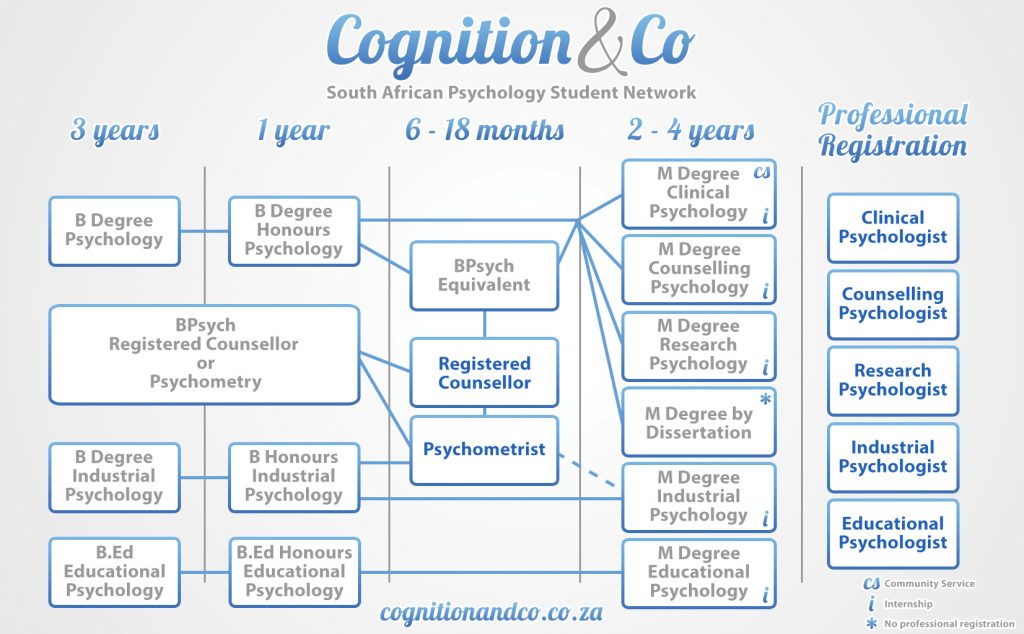 Faced anxiety once she came back from a medical leave.
Faced anxiety once she came back from a medical leave.
- Short video displaying a client who faces intense anxiety when going to school. The client was given a pamphlet about anxiety at the previous session and read over it. The client faces anxiety not about the workload, but about students/teachers talking about her.
- Mock CBT Therapy Session (5:47)
-
- CBT Role-Play – Anxiety and Guilt Related to Balancing Home and Work (25:36)
- This role play video uses the CBT model to address a client who struggles with both anxiety and guilt as she is learning to balance work and child care.
- CBT Role-Play – Anxiety and Guilt Related to Balancing Home and Work (25:36)
- Case study clinical example: First session with a client with symptoms of social anxiety (CBT model) (12:01)
- This role play video is of the first twelve minutes of a first session with a client. Seeing the first twelve minutes is helpful to see how to a therapist can begin the therapeutic relationship with a new client. This client, particularly, is receiving therapy for social anxiety.
-
- Depression
- Case Study Clinical Example CBT- Intake Session- Symptoms of Depression (13:54)
-
-
- CBT Role-Play – Complete Session – Depression and Alcohol Use – Part 1 (5:47)
- This video also uses a Cognitive Behavior Therapy technique used to counsel depression and alcohol use.
 This first section covers the check-in, scaling and setting the agenda for the client. This video displays different strategies on how to approach a regular client facing depression.
This first section covers the check-in, scaling and setting the agenda for the client. This video displays different strategies on how to approach a regular client facing depression.
- This video also uses a Cognitive Behavior Therapy technique used to counsel depression and alcohol use.
- CBT Role-Play – Complete Session – Depression and Alcohol Use – Part 1 (5:47)
-
- CBT Mock Session (18:59)
- Video demonstrates the second session and the client is still facing depression after losing his job. This session is when the therapist introduced Cognitive Behavior Therapy and what it is to the client. The therapist gives the client homework at the end of the session for the next week.
- CBT Mock Session (18:59)
-
- CBT Role-Play – Behavioral Activation and Depression (18:58)
- This role play video focuses on using this CBT method with a client who is displaying depressive symptoms. Specifically, the therapist uses behavioral activation techniques in order to treat the symptoms of depression.
- CBT Role-Play – Behavioral Activation and Depression (18:58)
-
- CBT Role-Play – Behavioral Activation and Postpartum Depression (22:54)
- In this role play video, the therapist uses CBT to treat a client’s postpartum depression.
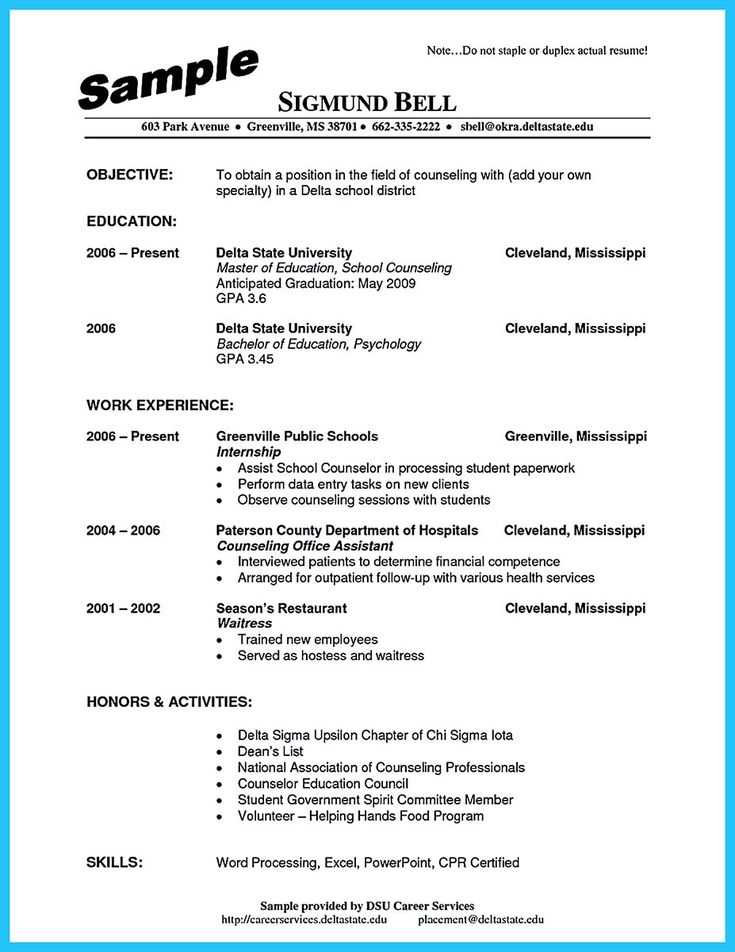 This therapist specifically uses behavioral activation techniques in order to treat the symptoms of depression within the client.
This therapist specifically uses behavioral activation techniques in order to treat the symptoms of depression within the client.
- In this role play video, the therapist uses CBT to treat a client’s postpartum depression.
- CBT Role-Play – Behavioral Activation and Postpartum Depression (22:54)
- Case study clinical example: First session with a client with symptoms of depression (CBT model)
- This video is a quick-paced therapeutic session with a client dealing with depressive symptoms. The session shown is the therapist’s initial session with this client. This video aims to demonstrate some of the feelings, thoughts, and triggers that are associated with depression. The quick paced video allows the therapist to quickly outline how to apply CBT to this particular situation.
-
-
- CBT Role-Play – Depressive Symptoms and Lack of Motivation (24:08)
- Family/ Relational Issues
- CBT Role-Play – Challenging Relationship with Family Member (21:06)
-
- CBT Role-Play – Managing Anger with Problems with Boyfriend & Coworkers (21:08)
-
-
- CBT Demo Socratic Questioning- Client Feels Unliked by Others (6:55)
- Career/ School Related Issues
-
-
- CBT Role-Play – Loss of Hope in Career (27:40)
-
- CBT Role-Play – Downward Arrow Technique; Test Anxiety (20:23)
-
- CBT Role Play – Catastrophizing and Decatastrophizing; Client Lost Job (21:22)
-
- Low Self Confidence at Work
-
- CBT Role-Play – Complete Session – Low Self-Confidence at Work – Part 1 (6;13)
- This is Part One of Twelve Part of a complete role play therapy session with a client who is dealing with having low self-confidence at work.
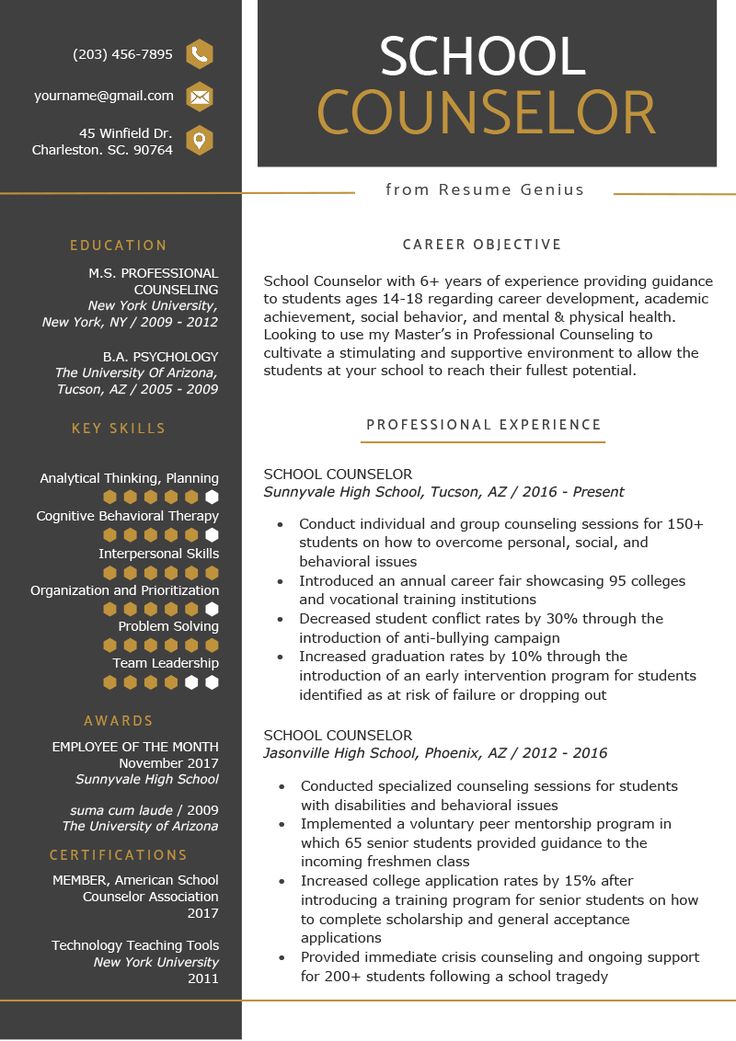 This particular part addresses the problem and sets the agenda for the session with the client.
This particular part addresses the problem and sets the agenda for the session with the client.
- This is Part One of Twelve Part of a complete role play therapy session with a client who is dealing with having low self-confidence at work.
- CBT Role-Play – Complete Session – Low Self-Confidence at Work – Part 1 (6;13)
-
- CBT Role-Play – Complete Session – Low Self-Confidence at Work – Part 2 (5:27)
- The second part of the twelve part series uses CBT to guide the client in reflecting, clarifying, evaluate evidence, and identify automatic thoughts regarding the client’s low self-confidence at work.
- CBT Role-Play – Complete Session – Low Self-Confidence at Work – Part 2 (5:27)
-
- CBT Role-Play – Complete Session – Low Self-Confidence at Work – Part 3 (4:42)
- The third part of the twelve part series uses CBT to continue off of Part 3 to identify automatic thoughts within the client. Additionally, the therapist uses scaling techniques within this part of the session to address the client’s low self-confidence at work.
- CBT Role-Play – Complete Session – Low Self-Confidence at Work – Part 3 (4:42)
-
- CBT Role-Play – Complete Session – Low Self-Confidence at Work – Part 4 (5:37)
- The fourth part of the twelve part series uses CBT to create distance between the client’s thoughts and feelings, analyze thinking, as well as reframe the client’s thoughts.

- The fourth part of the twelve part series uses CBT to create distance between the client’s thoughts and feelings, analyze thinking, as well as reframe the client’s thoughts.
- CBT Role-Play – Complete Session – Low Self-Confidence at Work – Part 4 (5:37)
-
- CBT Role-Play – Complete Session – Low Self-Confidence at Work – Part 5 (4:56)
- The fifth part of the twelve part series uses CBT to encourage the client, identify beliefs, and discuss the client’s cognitive distortions involving her low self-confidence at work.
- CBT Role-Play – Complete Session – Low Self-Confidence at Work – Part 5 (4:56)
-
- CBT Role-Play – Complete Session – Low Self-Confidence at Work – Part 6 (6:32)
- The sixth part of the twelve part series uses CBT to reframe the client’s thoughts, explore the client’s logic, and clarify the client’s evidence.
- CBT Role-Play – Complete Session – Low Self-Confidence at Work – Part 6 (6:32)
-
- CBT Role-Play – Complete Session – Low Self-Confidence at Work – Part 7 (5:31)
- The seventh part of the twelve part series uses CBT to encourage the client as well as offer alternative ways for the client to think when experiencing low self-confidence at work.
- CBT Role-Play – Complete Session – Low Self-Confidence at Work – Part 7 (5:31)
-
- CBT Role-Play – Complete Session – Low Self-Confidence at Work – Part 8 (5:34)
- The eighth part of the twelve part series uses CBT to reframe thoughts and continue to explore the client’s cognitive distortions.

- The eighth part of the twelve part series uses CBT to reframe thoughts and continue to explore the client’s cognitive distortions.
- CBT Role-Play – Complete Session – Low Self-Confidence at Work – Part 8 (5:34)
-
- CBT Role-Play – Complete Session – Low Self-Confidence at Work – Part 9 (5:18)
- The ninth part of the twelve part series uses CBT to explore the “worst case scenario” with the client as well as create self-talk with the client.
- CBT Role-Play – Complete Session – Low Self-Confidence at Work – Part 9 (5:18)
-
- CBT Role-Play – Complete Session – Low Self-Confidence at Work – Part 10 (5:47)
- The tenth part of the twelve part series of this complete session uses CBT to encourage the client as well as includes the therapist using psychoeducation with the client.
- CBT Role-Play – Complete Session – Low Self-Confidence at Work – Part 10 (5:47)
-
- CBT Role-Play – Complete Session – Low Self-Confidence at Work – Part 11 (7:06)
- The eleventh part of the twelve part series uses CBT to evaluate evidence with the client, create self-talk, as well as continued evaluation of reactions with the client.
- CBT Role-Play – Complete Session – Low Self-Confidence at Work – Part 11 (7:06)
- CBT Role-Play – Complete Session – Low Self-Confidence at Work – Part 12 (7:07)
- This video concludes the full session with the client who is receiving treatment for her low self-confidence at work.
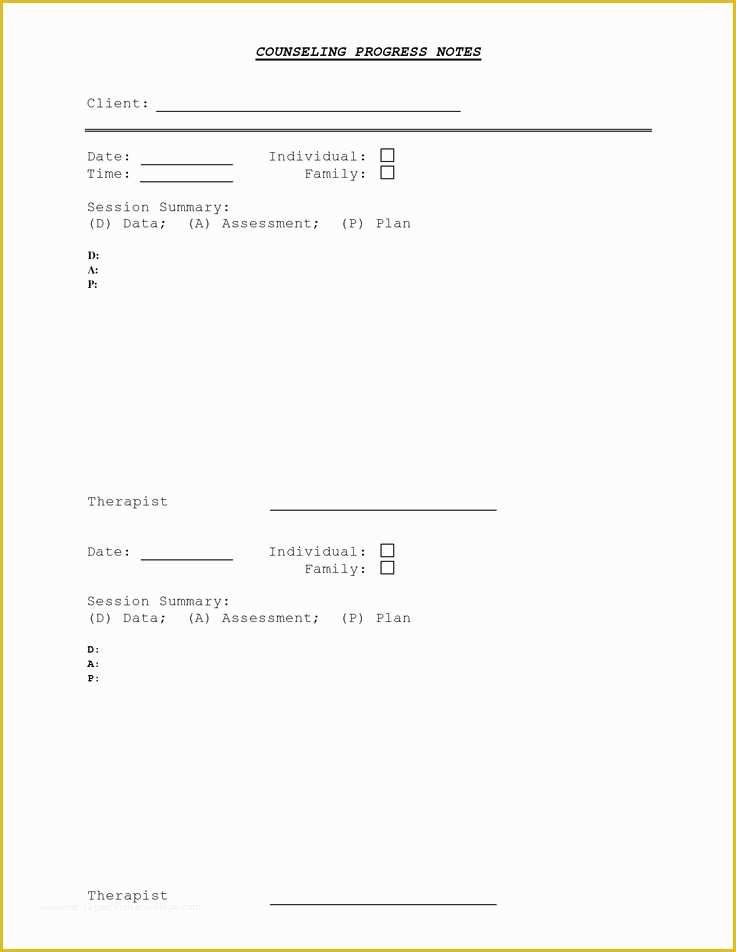 In this concluding video, the therapist uses CBT to address scaling, assign homework to the client, as well as assess the client’s strengths. All in all, this twelve part series role play’s a full 50 minute session with a client.
In this concluding video, the therapist uses CBT to address scaling, assign homework to the client, as well as assess the client’s strengths. All in all, this twelve part series role play’s a full 50 minute session with a client.
- This video concludes the full session with the client who is receiving treatment for her low self-confidence at work.
-
- Low Self Confidence at Work
-
- PTSD
-
- Person-Centered Counseling Role-Play – Coping with a work related Stressor (10:45)
- This video captures a counseling role-play session displaying a person-centered therapy to help the client understand and cope with his/her work-related stressor. The video shows non-directive techniques with both words and nonverbal behavior (encouragers, reflections and paraphrasing).
- Person-Centered Counseling Role-Play – Coping with a work related Stressor (10:45)
- CBT for PTSD: Example of how grounding techniques can be used in therapy (13:10)
- This role play video demonstrates CBT addressing a client’s struggle with Post Traumatic Stress Disorder. The client specifically struggles with “dissociation”, which is the feeling of having lost touch with the present moment.
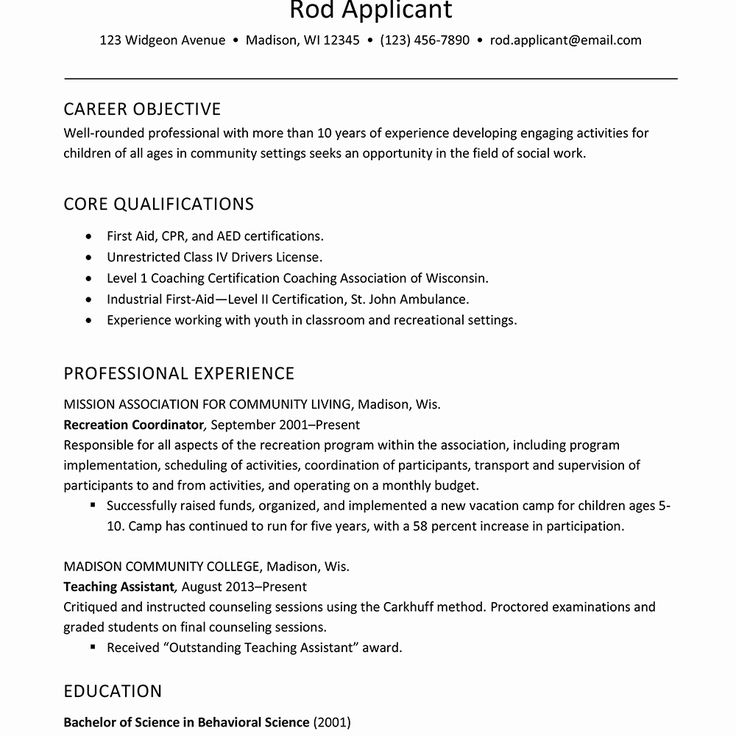 The therapist in the video introduces the client to “grounding techniques” to help her cope with the dissociation and PTSD symptoms.
The therapist in the video introduces the client to “grounding techniques” to help her cope with the dissociation and PTSD symptoms.
- This role play video demonstrates CBT addressing a client’s struggle with Post Traumatic Stress Disorder. The client specifically struggles with “dissociation”, which is the feeling of having lost touch with the present moment.
-
- PTSD
-
- Domestic Violence
-
- CBT Mock Counseling session: Overcoming Domestic Violence (14:03)
- This is a brief video on a client overcoming domestic violence in her relationship. The therapists begins by going over the client’s goals, using the Power Control Wheel and writing things down for therapist and the client. Client is suffering from nightmares and anxiety due to the abuse.
- CBT Mock Counseling session: Overcoming Domestic Violence (14:03)
- CBT Role-Play – Cognitive Reframing an Experience of Emotional Abuse (22:32)
- This is a role play video using Cognitive Behavioral Therapy to help a mock client cognitively reframe an experience of emotional abuse. The therapist applies the use of identifying automatic thoughts, adaptive response, and assigning homework throughout the session.
-
- Domestic Violence
-
- Self-esteem
- CBT Mock Session-Bethany (17:22)
- This video includes a therapist and client on their second or third session, discussing the client’s issues with her lack of confidence.
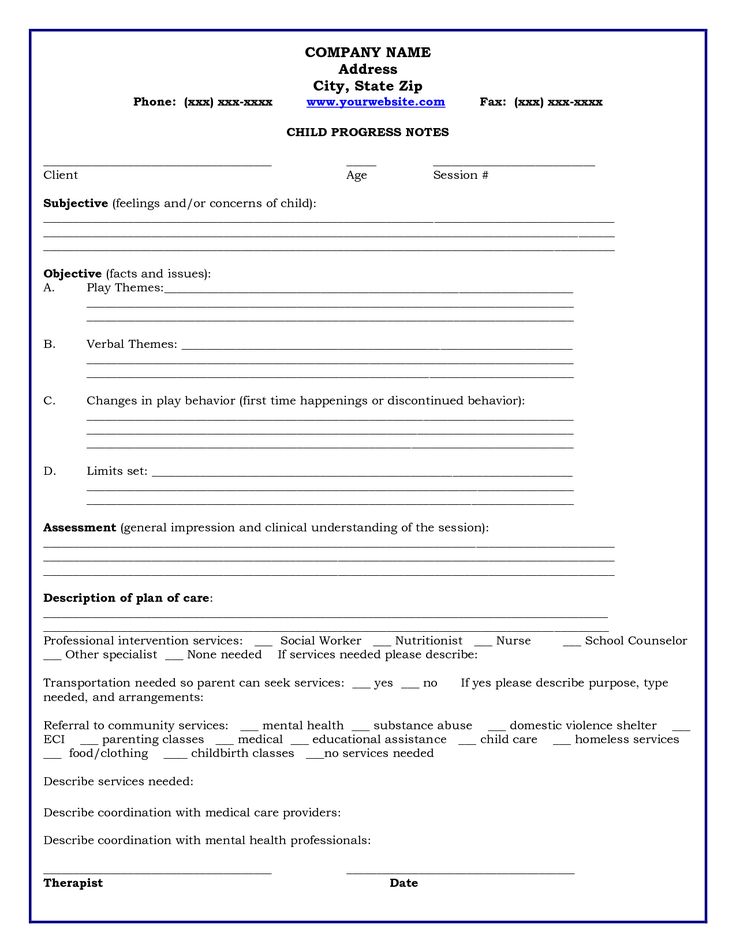 The client has been journaling her negative thoughts and trying to turn them into positive thoughts. This video also goes over situations and automatic thoughts from those situations.
The client has been journaling her negative thoughts and trying to turn them into positive thoughts. This video also goes over situations and automatic thoughts from those situations.
- This video includes a therapist and client on their second or third session, discussing the client’s issues with her lack of confidence.
- CBT Mock Session-Bethany (17:22)
- Self-esteem
-
- OCD
- CBT Role-Play – Exposure and Response Prevention – Early Session (11:16)
- This CBT role play therapy session includes a therapist and client on one of their early sessions. In this session, the therapist uses exposure and response prevention techniques in order to treat the client’s OCD (obsessive compulsive disorder). The client has the specific fear and OCD involving germs.
- CBT Role-Play – Exposure and Response Prevention – Early Session (11:16)
- OCD
- Anger
- CBT Role-Play – Managing Anger (21:08)
- This role play therapy session addresses treating a client’s anger and frustration. The therapist uses the techniques of identifying automatic thoughts, forming adaptive responses, and identifying cognitive distortions.
- CBT Role-Play – Managing Anger (21:08)
- Family Counseling
- Family Counseling Role-Play – Couple Struggling with Independence vs.
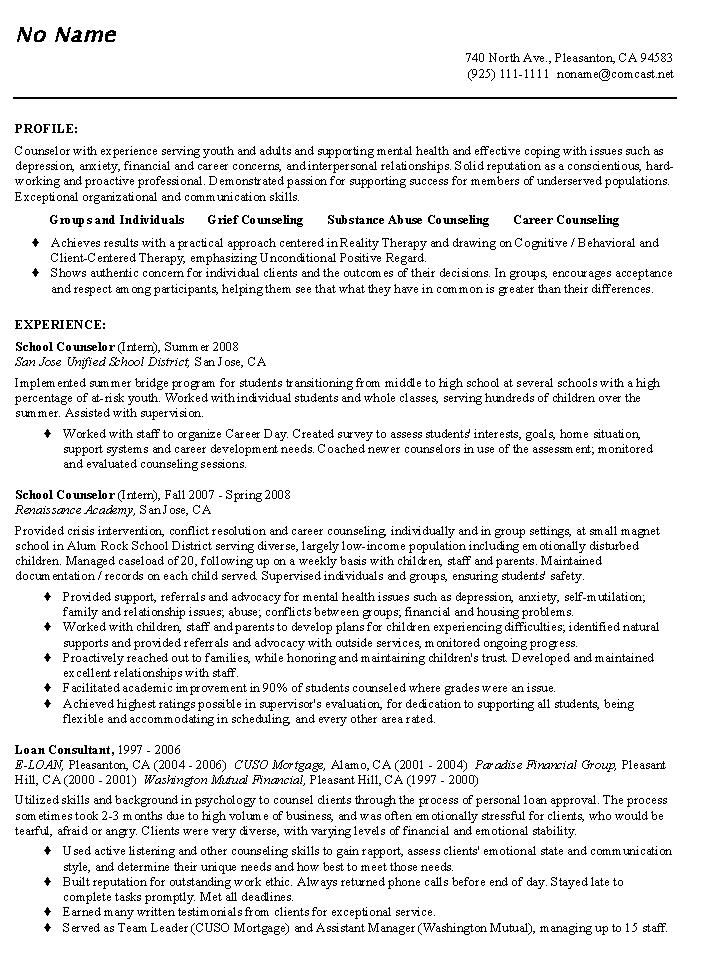 Security (20:31)
Security (20:31) - In this role play video, the therapist treats a couple where one desires more independence while the other desires security from the relationship. The therapist utilizes Cognitive Behavioral Therapy, along with other therapy theories, in order to treat the couple. This video is especially helpful to see how to use the CBT model in a setting with more than one client at a time.
- Family Counseling Role-Play – Couple Struggling with Independence vs.
- Other
- Case Study: Session with a Client with Bipolar Disorder/ Fluctuations in Mood (14:50)
Acceptance and Commitment Therapy (ACT)
- Anxiety
-
- ACT- Fear of Public Places; Undermining Cognitive Fusion (25:08)
-
- ACT- Moderate Social Anxiety; Defining Valued Directions (21:18)
-
- ACT: Anxiety with Public Speaking in School (17:28)
- Trauma Related
-
- ACT: Developing Acceptance and Willingness- Part 1 (12:55)
-
- ACT- Contacting the Present Moment -Part 2 (14:13)
- Other
-
- ACT: Chronically Depressed; Focusing on Sense of Self (16:06)
-
- ACT: Client Feeling Incompetent in School (11:57
-
- ACT- Trouble Getting Close to Others-Building Patterns of Committed Action (9:44)
Dialectical Behavior Therapy (DBT)
- Borderline Personality Disorder/ Anger
-
- DBT- Behavior Theory (20:00)
-
- DBT- Borderline Personality Disorder (30:00)
-
- DBT- Client with Anger (20:00)
- Self Harm
-
- DBT-Client with Suicidal Thoughts and BPD (1:52)
-
- DBT- Client with Suicidal Thoughts with BPD (2:16)
-
- DBT- Client inclined to self harm with BPD (12:30)
- Other
-
- DBT- Client Affected with Anxiety; affecting daily functioning (20:00)
-
- DBT Stylistic Communication; Client with Anxiety (5:42)
-
- DBT- Eating Disorder (8:57)
Emotion Focused Therapy (EFT)
- Couples Therapy
-
- EFT- Couples Therapy, Resistant Husband (19:53)
-
- EFT Couples Therapy (19:42)
-
- EFT Couples Therapy (3:50)
-
- EFT for Gay Couples Video (3:52)
-
- EFT for Lesbian Couples Video (3:13)
- Other
-
- EFT Ex-Veteran with PTSD symptoms (16:39)
-
- EFT- Client With Depression (17:02)
Motivational Interviewing (MI)
- Substance Abuse Issues
-
- MI- Starting to Drink More Heavily and Frequently (9:23)
-
- MI- Client Reluctant to Join AA (8:39)
-
- MI- Substance Abuse After DUI (16:10)
-
- MI- Precontemplative client who Reports Being in Action Stage- Drinking (12:40)
-
- MI for Marijuana (15:01)
-
- MI- Precontemplation Stage- Smoking (8:40)
-
- MI- Smoking (6:32)
-
- MI- Client with Smoking Cessation (23:37)
- For Teens
-
- MI- Teen having unprotected sex (3:24)
- MI- Self Harm in Teens (8:00)
- MI-Focus on Goals- High Risk Alcohol use Student (19:39)
- MI- Empathic approach- Low risk student (15:54)
- Intimate Partner Violence
-
- MI- Part 1- Survivor of Intimate Partner Violence- Intake Session (23:20)
-
- MI-Survivor of Intimate Partner Violence- Recently Released from Hospital (16:17)
-
- MI- Survivor of Intimate Partner Violence- 4th Session (18:00)
- Other
-
- MI- Resistant Client; Obesity (6:50)
-
- MI- Client with Anxiety (11:54)
-
- MI- Client with Depression (14:00)
-
- MI- Reflective Listening and Challenging Conversations (4:06)
Psychodynamic Approaches
-
- IPT- Client with Depression (2:01)
-
- IPT- Client with Postpartum Depression (2:15)
-
- IPT- Initial Phase for Client with Eating Disorder (34:56)
-
- IPT- Interpersonal Inventory Wrap Up (8:31)
-
- IPT- Intermediate Phase for Client with Eating Disorder (14:08)
-
- IPT- Termination Phase for Client with Eating Disorder (10:19)
-
- Psychodynamic Therapy Role-Play – Defense Mechanisms and Free Association (11:47)
Feminist & Multicultural Approaches
-
- Counseling Culturally Diverse Clients (13:26)- This video has a rather large focus on the interactions that might arise from cultural and religious differences during counseling sessions.
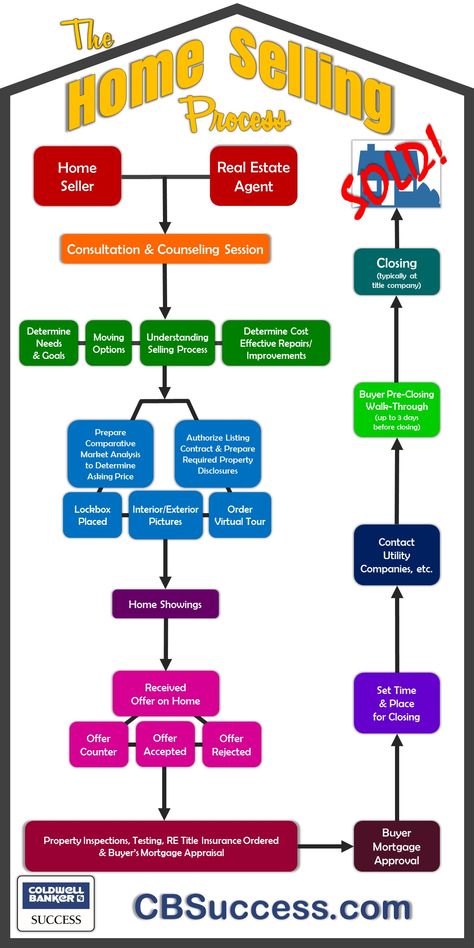 The video focuses on compromising and learning to accept and make known the fact that differences have a great effect on the session, but that this can be consolidated.
The video focuses on compromising and learning to accept and make known the fact that differences have a great effect on the session, but that this can be consolidated. - Group Counseling with Children: A Multicultural Approach Video (3:52)- A video highlighting the multicultural approach utilized when counseling children in groups. The video has a focus acknowledging similarities and differences between the youth clients.
- Group Counseling with Adolescents: A Multicultural Approach Video (1:59)- A short video focused on a snippet of group counseling, but with a group of adolescents. This video focuses more on racially charged issue of bullying.
- Multicultural Counseling Part 1 (10:56)- A video focusing on a young man seeking counseling to reconcile with his dependence on drugs an alcohol. The session has a variety of topics, such as his aspirations, scholastic life, and his relationship with friends.
- Multicultural Counseling Part 2 (10:36)- A continuation of the previous video.
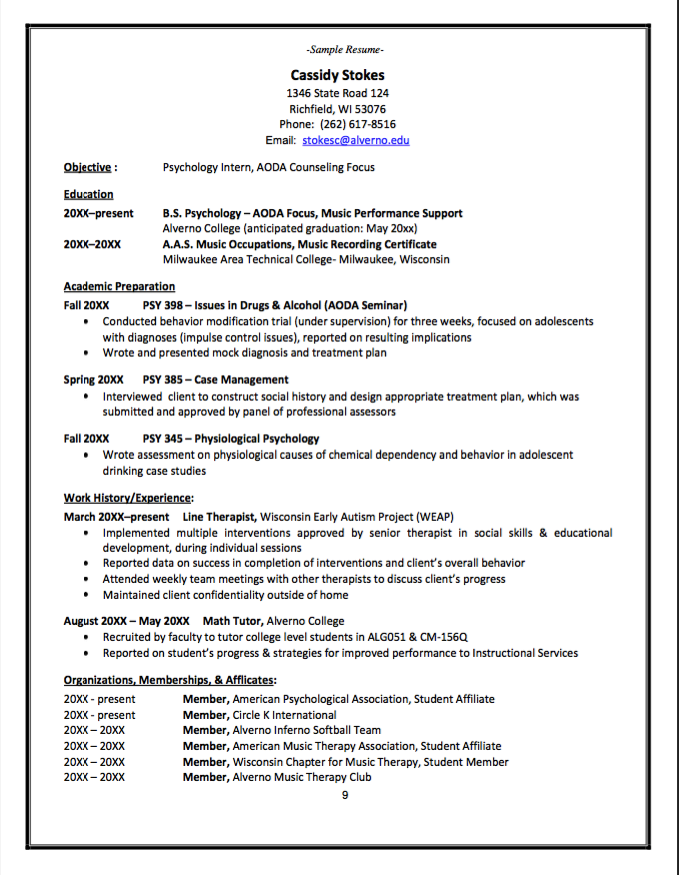 This follow-up focuses more on the clients view of the future and his goals.
This follow-up focuses more on the clients view of the future and his goals. - Counselling Skills- Diversity (18:52)- An example of counseling containing the topic of racial diversity and racially related issues. The client is frustrated with his coworker but is apprehensive of voicing his concerns due to the possibility of being perceived as a racist.
- FEM- Family Therapy Session for Single African American Mother (18:48)
- Counseling Culturally Diverse Clients (13:26)- This video has a rather large focus on the interactions that might arise from cultural and religious differences during counseling sessions.
-
- FEM- Client Dealing with Domestic Abuse (2:20)
-
- MC- African American Client with Drug and Alcohol Abuse (Part 1) (10:56)
-
- MC- African American Client with Drug and Alcohol Abuse (Part 2) (10:36)
-
- Multicultural Therapy- Psychology in Seattle (31:21)
-
- Multicultural Counseling- African American Woman (7:16)
-
- Counseling Skills- Diversity (18:51)
-
- Multicultural Counseling (4:10)
Other Approaches
- Role Play: Person Centered Therapy (13:24)- A video focused on person center therapy.
 The client is unsure of seeking therapeutic help, but acknowledges there are issues that need to be resolved.
The client is unsure of seeking therapeutic help, but acknowledges there are issues that need to be resolved. - Individual Counseling Session In Middle School (14:20)- This video focuses on a counseling session between a middle school student and his school counselor. The focus is on home issues.
Intake Session Demonstrations
- Intake and Assessment Role-Play Part 1 – Referral and Presenting Problems (8:10)
- Primary Session & Treatment Evaluation
CBT Instructional Videos
-
-
- What is CBT?
-
- What is CBT? | Making Sense of Cognitive Behavioural Therapy (3:34)
- This is a short, condensed instructional video that explains what CBT is. Additionally, it is helpful in informing a client on whether or not this form of therapy is for them. I believe this video is also helpful for a therapist in learning how to detect if CBT is the right therapy to use for a particular client.
- What is CBT? | Making Sense of Cognitive Behavioural Therapy (3:34)
-
- The Blueprint of Cognitive Behavior Therapy (6:01)
- This video is of Dr.
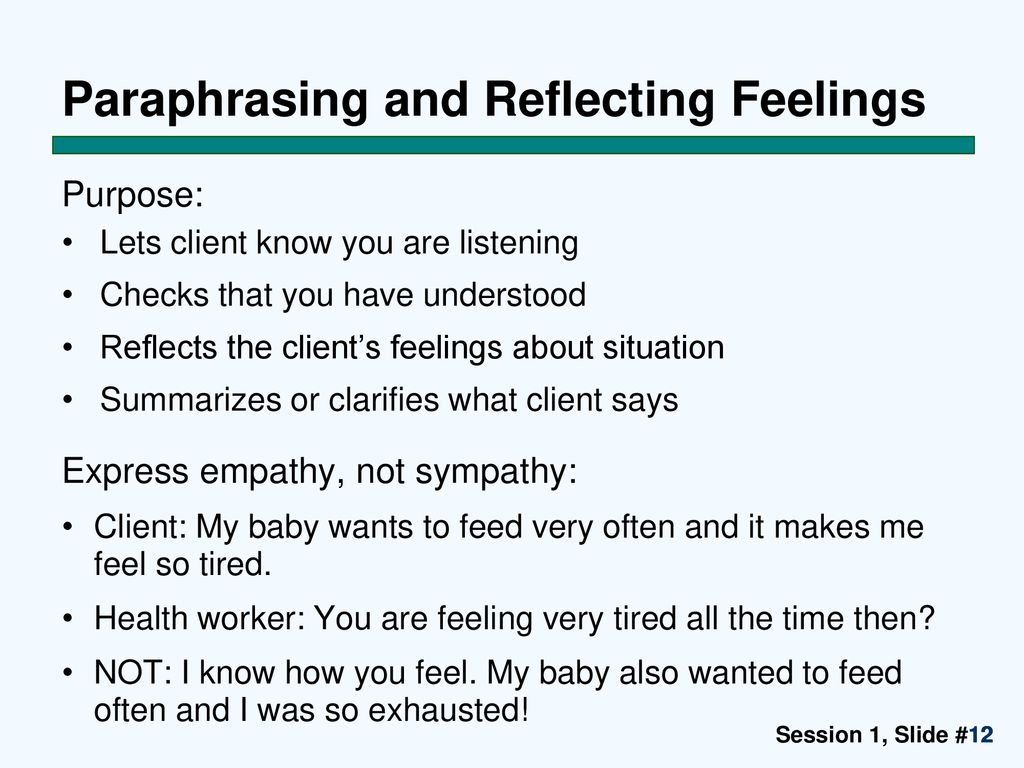 Beck describing what he believes the blueprint of the Cognitive Behavioral Therapy to be. In addition, he further explains CBT by giving examples on how to modify key beliefs and perceptions. This video is helpful for those who are having a difficult time understanding and grasping the overarching idea and concepts on CBT.
Beck describing what he believes the blueprint of the Cognitive Behavioral Therapy to be. In addition, he further explains CBT by giving examples on how to modify key beliefs and perceptions. This video is helpful for those who are having a difficult time understanding and grasping the overarching idea and concepts on CBT.
- This video is of Dr.
- The Blueprint of Cognitive Behavior Therapy (6:01)
-
- Cognitive Behavioral Therapy (CBT) Techniques (5:20)
- Mark Walsh from Integration Training leads this video with tips on how to manage your thinking to reduce stress, improve your leadership, communication and more. Concepts such as thinking errors, stories and narratives are explained in this video. STUN technique from Roger Mills is also described.
- Cognitive Behavioral Therapy (CBT) Techniques (5:20)
-
- Cognitive Behavior Therapy (CBT) (4:19)
- This video shows Dr. Becker further explaining Cognitive Behavior Therapy and the different ways it can be applied (individual or group). This video goes through more of the logistics of CBT, how long it will take, how many sessions and how it is mainly focused on the now, not the past.
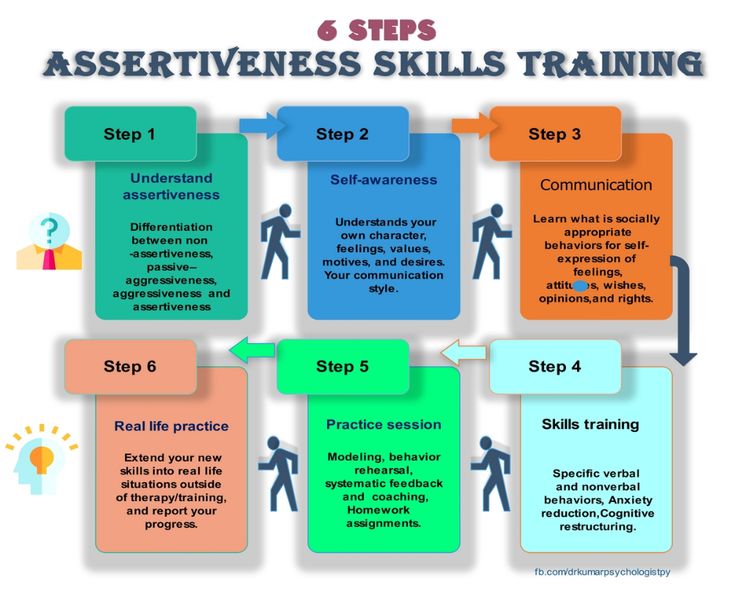
- This video shows Dr. Becker further explaining Cognitive Behavior Therapy and the different ways it can be applied (individual or group). This video goes through more of the logistics of CBT, how long it will take, how many sessions and how it is mainly focused on the now, not the past.
- Cognitive Behavior Therapy (CBT) (4:19)
-
- My experience and opinion of Cognitive Behavioral Therapy (CBT) (12:56)
- This video shows a client opening up about their experience using CBT for his depression and anxiety. Having this information could be useful to grad students and seeing the best ways to ask a certain question, from a client’s point of view.
- My experience and opinion of Cognitive Behavioral Therapy (CBT) (12:56)
-
- What is Cognitive Behavioral Therapy (CBT) with Therapist Kati Morton (10:19)
- Kati Morton goes into detail explaining CBT to her youtube subscribers. She discusses its approach that addresses dysfunctional emotions, maladaptive behaviors and cognitive processes. She explains when counselors use this technique most (anxiety and depression).
- What is Cognitive Behavioral Therapy (CBT) with Therapist Kati Morton (10:19)
-
- What to do when CBT doesn’t work (3:52)
- Six options are explained for clients where CBT was not helpful. 1) counseling 2) try CBT again 3) acceptance 4) mindfulness 5) medication 6) Lifestyle change.
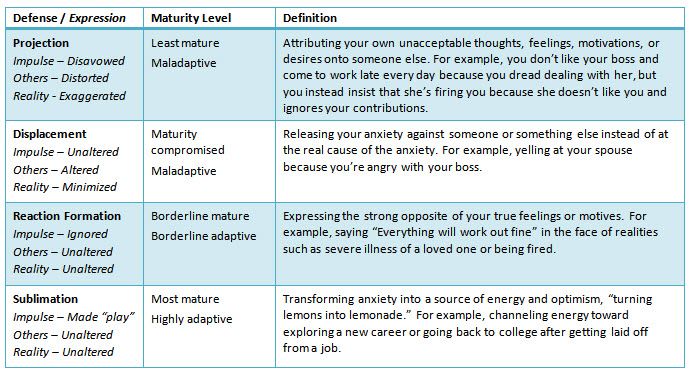
- Six options are explained for clients where CBT was not helpful. 1) counseling 2) try CBT again 3) acceptance 4) mindfulness 5) medication 6) Lifestyle change.
- What to do when CBT doesn’t work (3:52)
- How I Use CBT for Anxiety, Depression, OCD Cognitive Behavioral Therapy Part 1 (5:09)
- Woman gives examples of how she uses CBT for anxiety and depression. She discusses distortions and how these are applied to people facing anxiety and depression.
-
- What is CBT?
-
- CBT – Self Help
-
- CBT Self Help Course Step 1 – Get Self Help (0:46)
- This video goes through the motions of the first steps entering Cognitive Behavioral therapy. It identifies that the first step includes how to notice your own thoughts, feelings and behaviors. This video then gives a brief explanation about how these thoughts, feelings and behaviors are defined.
- CBT Self Help Course Step 1 – Get Self Help (0:46)
-
- CBT Self Help Course Step 2 – Get Self Help (Depression) (4:38)
- This video goes further in detail than the step 1 video (listed previously). This video goes into a specific situation (depression) and gives examples of what the client might think or how they may feel or behave, due to this depression.
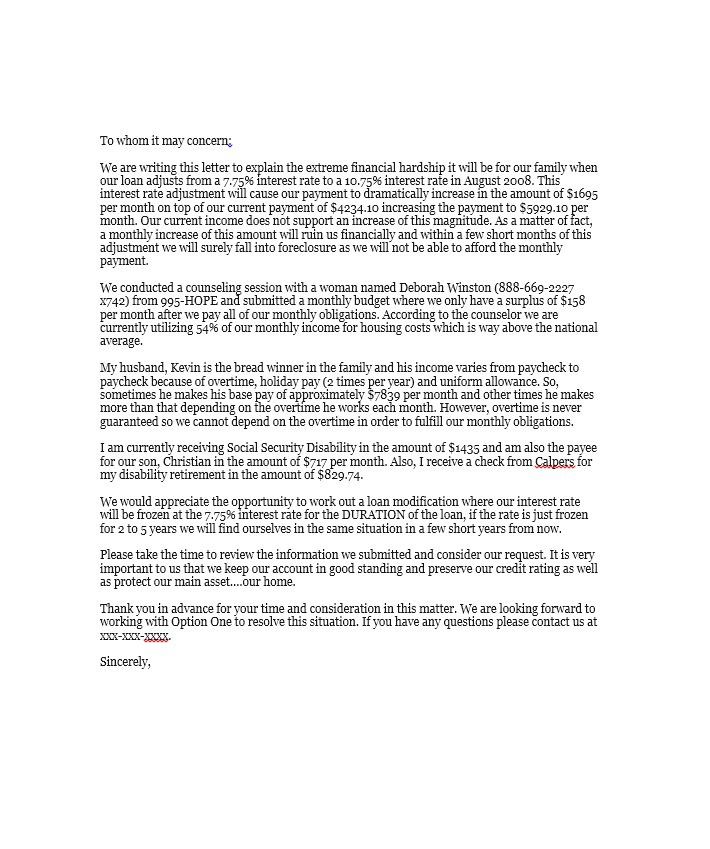 Depression can come in many forms and this video gives many examples of how clients may speak to their therapist about their situation.
Depression can come in many forms and this video gives many examples of how clients may speak to their therapist about their situation.
- This video goes further in detail than the step 1 video (listed previously). This video goes into a specific situation (depression) and gives examples of what the client might think or how they may feel or behave, due to this depression.
- CBT Self Help Course Step 2 – Get Self Help (Depression) (4:38)
-
- CBT Self Help Course Step 3 – Get Self Help – Face Fear and Avoidance (1:14)
- This video also is more specific with the situation where the client is facing fear and avoidance. The short video explains questions that the therapist can use with a client to help them think from all perspectives, and to see the big picture. Homework options, such as writing things down, are also explained.
- CBT Self Help Course Step 3 – Get Self Help – Face Fear and Avoidance (1:14)
- Do It Yourself CBT (Cognitive Behavioral Therapy): Start with This Excuse (2:46)
- Julia Kristina gives a brief description of what CBT is and how it works. She demonstrates an exercise that people can do so they can be more aware of their emotional reactions to different upsetting situations.
-
- CBT – Self Help
-
- Anxiety
-
- Daily CBT Techniques For Anxiety (8:04)
- This is a video displaying and instructing how CBT can be applied to a client who is struggling with anxiety.
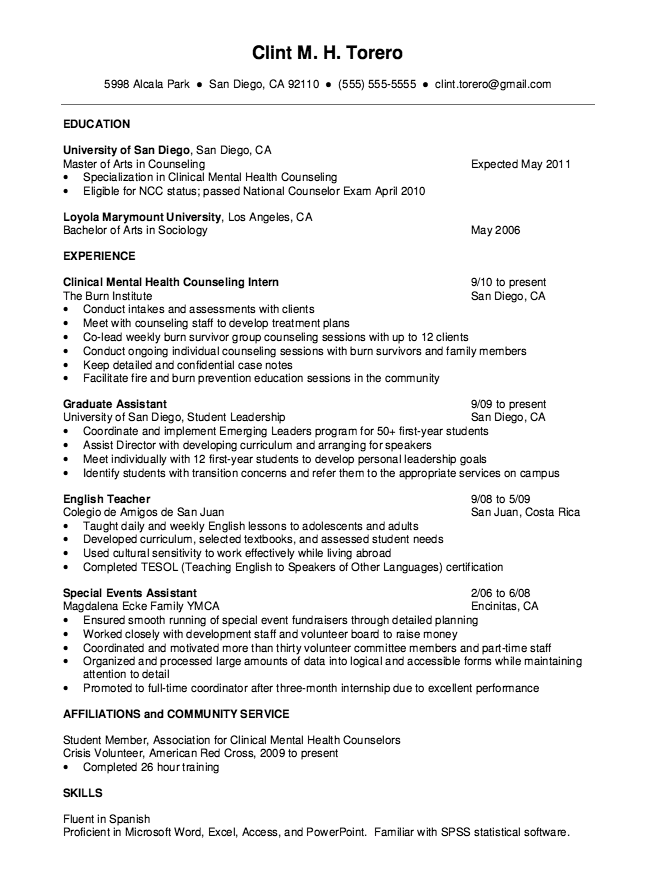 The video lays out different strategies that can be used in addressing anxiety in a client by using CBT techniques that are described and explained throughout the video.
The video lays out different strategies that can be used in addressing anxiety in a client by using CBT techniques that are described and explained throughout the video.
- This is a video displaying and instructing how CBT can be applied to a client who is struggling with anxiety.
- Daily CBT Techniques For Anxiety (8:04)
-
- 3 Instantly Calming CBT Techniques for Anxiety (5:42)
- This video does exactly what the title explains. The video focuses on Cognitive Behavioral Therapy, but gives three short ways to calm a client down suffering from anxiety. These three techniques are to focus on how the feelings will change, think it over and act normal and chase down logical conclusions.
- 3 Instantly Calming CBT Techniques for Anxiety (5:42)
- Vince Greenwood, Ph.D – Social Anxiety (24:08)
- Dr. Greenwood discusses social anxiety and how it differs from regular shyness. Dr. Greenwood then goes into the most effective form of treatment for this disorder, CBT. He describes what the treatment may look like with a client.
-
- Anxiety
-
- Structure of a CBT Session
-
- Structure of a CBT Session (3:59)
- This instructional video created by the Beck Institute is helpful for understanding how to set up the structure of a CBT session.
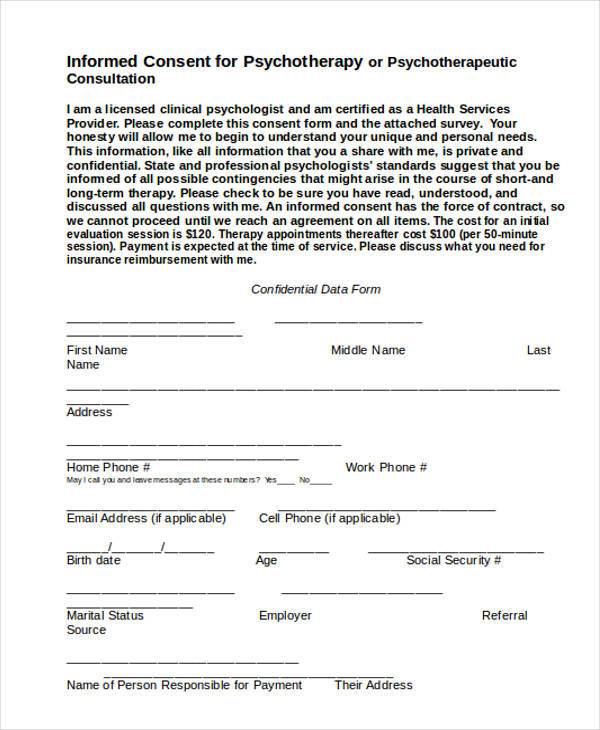 The structure described helps the therapist be more time efficient in each session and helps the client understand what they can expect from each session.
The structure described helps the therapist be more time efficient in each session and helps the client understand what they can expect from each session.
- This instructional video created by the Beck Institute is helpful for understanding how to set up the structure of a CBT session.
- Structure of a CBT Session (3:59)
-
- Pacing a Therapy Session (2:50)
- This video is provided by the Beck Institute. This video’s focus is on pacing and structing the CBT therapy session. This video provides quick insights into how to more effectively pace a session with a client while using CBT. Additionally, this video gives insight into how to create productiveness outside of the therapy sessions through the use of “homework”.
- Pacing a Therapy Session (2:50)
- Structure of Cognitive Behavioral Therapy (CBT) (2:02)
- This video is by Dr. Gorgorian, a clinical director of Clearview Women’s Center for Borderline Personality and emotional disorders. She goes through the structure of CBT and how to use it with a client trying to recover from Depression and Anxiety. Dr. Gorgorian explains there is a lot of following up and carrying on every week, homework assignments and why to follow through with the assignments.
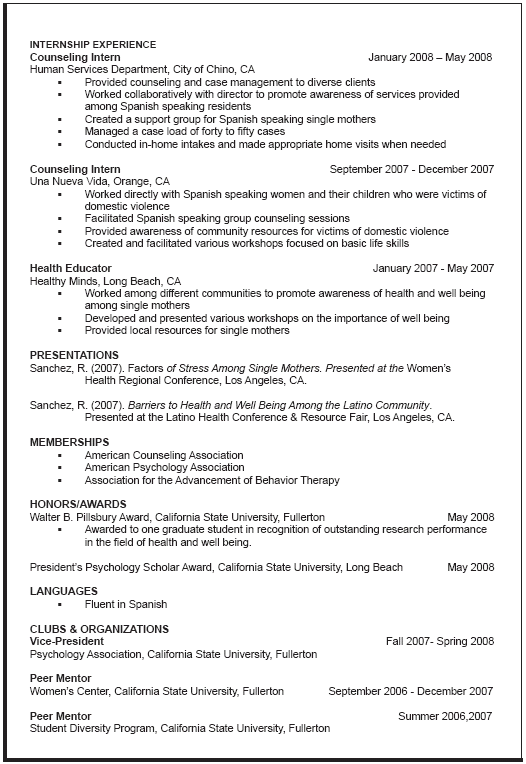
- This video is by Dr. Gorgorian, a clinical director of Clearview Women’s Center for Borderline Personality and emotional disorders. She goes through the structure of CBT and how to use it with a client trying to recover from Depression and Anxiety. Dr. Gorgorian explains there is a lot of following up and carrying on every week, homework assignments and why to follow through with the assignments.
-
- Structure of a CBT Session
-
- Automatic thoughts
-
- Thought Emotion Action Cycle CBT (6:15)
- This video describes a “Thoughts Emotion Action” cycle that is defined through and by Cognitive Behavioral Therapy. This instructional video gives a quick, visual representation of how to understand the cycle of how a thought leads to an emotion, which then leads to an action. This video will especially be helpful for visual learners who are needing a quick recap in understanding the powerful effects of thoughts.
- Thought Emotion Action Cycle CBT (6:15)
-
- Cognitive Restructuring in CBT (5:42)
- This is a short video by the Beck Institute, which instructs how to address negative automatic thoughts of a client with the Cognitive Behavioral Therapy method. In this video, Dr. Beck uses a personal experience from a past therapy session on how he addressed his client’s negative automatic thoughts by restructuring the client’s cognitive processes.
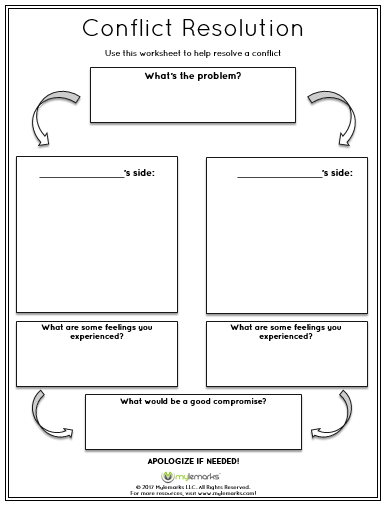
- This is a short video by the Beck Institute, which instructs how to address negative automatic thoughts of a client with the Cognitive Behavioral Therapy method. In this video, Dr. Beck uses a personal experience from a past therapy session on how he addressed his client’s negative automatic thoughts by restructuring the client’s cognitive processes.
- Cognitive Restructuring in CBT (5:42)
-
- Understanding Clients’ Emotions and Behavior (1:15)
- This video, which is presented by the Beck Institute gives a quick recap on the importance of identifying and understanding the negative automatic thoughts of a client. This video helps understand why identifying automatic thoughts are important in every CBT therapy session in order to reach the desired goals of the sessions.
- Understanding Clients’ Emotions and Behavior (1:15)
-
- Modifying Automatic Thoughts (9:55)
- This video is of a therapist executing how to modify automatic thoughts with his client using the CBT method. Throughout the video, the therapist addresses his client’s automatic thoughts as well as uses specific techniques in order to address these thoughts and cognitive distortions that the client is believing.
- Modifying Automatic Thoughts (9:55)
- Automatic thoughts in CBT (2:51)
- In this video, Dr. Aaron Beck explains that sometimes in sessions, it is not always beneficial to address all automatic thoughts that the client brings up.
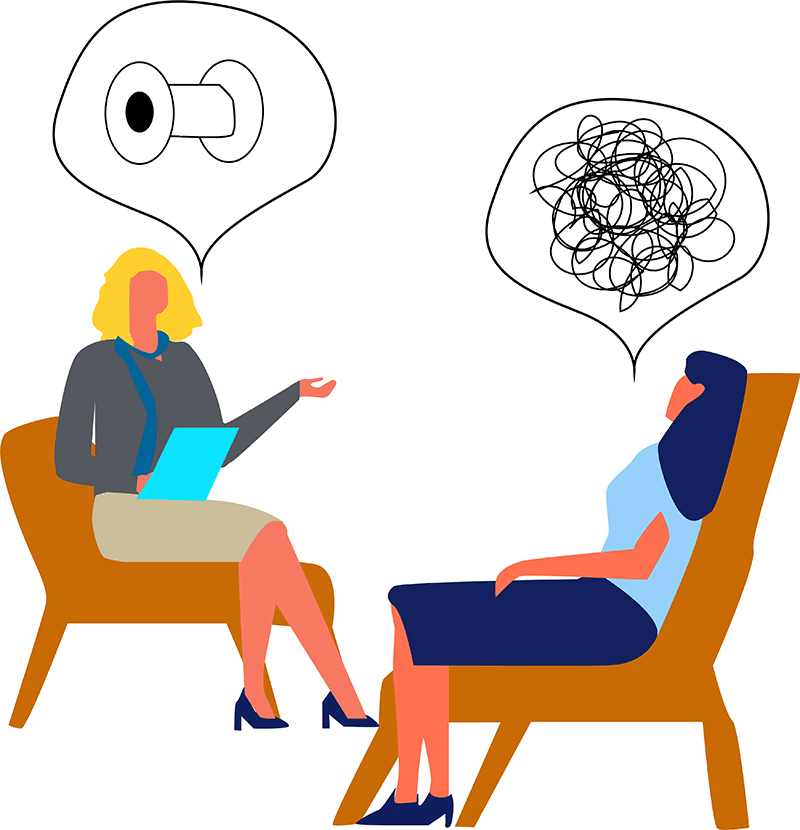 Instead, focus on the automatic thoughts that lead to an unpleasant feeling or affect to the client. When deemed appropriate, these are the automatic thoughts that should be identified, evaluated and modified.
Instead, focus on the automatic thoughts that lead to an unpleasant feeling or affect to the client. When deemed appropriate, these are the automatic thoughts that should be identified, evaluated and modified.
- In this video, Dr. Aaron Beck explains that sometimes in sessions, it is not always beneficial to address all automatic thoughts that the client brings up.
-
- Automatic thoughts
-
- Depression
-
- Cognitive Behavioral Therapy CBT Techniques (6:54)
- This video is cartoon style and is an excerpt from the DVD
“10 minute CBT in practice: Mental Health”. In this excerpt, the speaker is demonstrating simple CBT strategies and techniques for a depressed mother with a young child.
- This video is cartoon style and is an excerpt from the DVD
- Cognitive Behavioral Therapy CBT Techniques (6:54)
- Cognitive Behavioral Therapy for Depression (0:49)
- This video breaks down cognitive behavioral therapy (more detailed in article written below the video). This video explains how some people respond better to talking things out rather than medication when it comes to mild or moderate depression. This video explains that CBT can be really beneficial when you combine it with other antidepressants.
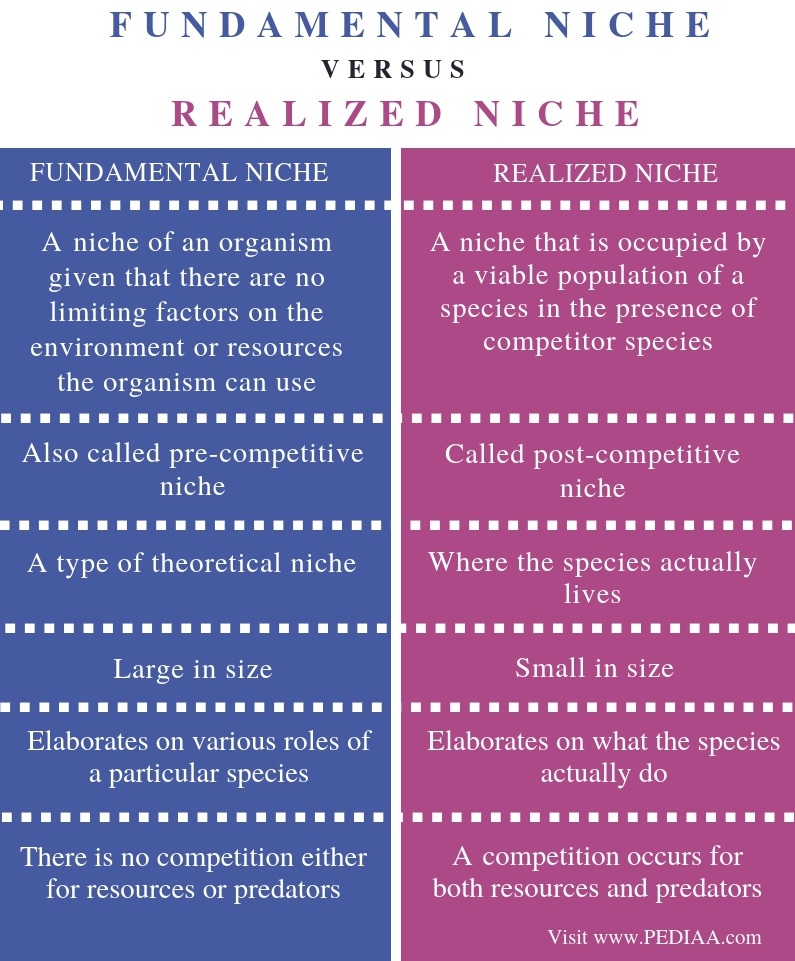
- This video breaks down cognitive behavioral therapy (more detailed in article written below the video). This video explains how some people respond better to talking things out rather than medication when it comes to mild or moderate depression. This video explains that CBT can be really beneficial when you combine it with other antidepressants.
-
- Depression
-
- CBT for Children and Adolescence
- What is Trauma-Focused CBT for Children and Adolescents? (13:22)
- This video addresses the various ways that a child could be impacted by trauma, whether it be a severe car wreck or physical sexual abuse. Additionally, the video uses role-play (though it is most informative) with a client who is the mother of a child who has experienced trauma. The therapist informs the mother of what trauma-focused CBT is.
- What is Trauma-Focused CBT for Children and Adolescents? (13:22)
- CBT for Children and Adolescence
- Family and Couples counseling
- Cognitive Behavioral Couple and Family Therapy (1:11:57)
- This video actually distinguishes between Cognitive Behavioral Therapy and Cognitive Behavioral Family Therapy (CBFT). Dr. Diane Gehart discusses the similarities between the two techniques and how to use CBFT in a family or couple session.
- Cognitive Behavioral Couple and Family Therapy (1:11:57)
-
An example of psychological counseling : Blog Alter
Contents Hide An example of a psychologist's consultation - how it can be for you An example of a psychologist's consultation: a dialogue with a client Starting a consultation Main part Summing up Transcript of a psychological consultation An analysis of a psychological consultation: an example Not only will you meet a new person,
- An example of a psychologist's consultation - how it can be for you
- An example of a psychologist's consultation: a dialogue with a client
- Start of consultation
- Main part
- Summarizing
- Psychological consultation transcript
- Analysis of psychological counseling: an example nine0006
An example of a psychologist's consultation - how it might be for you
It is normal to be nervous before a meeting with a counselor.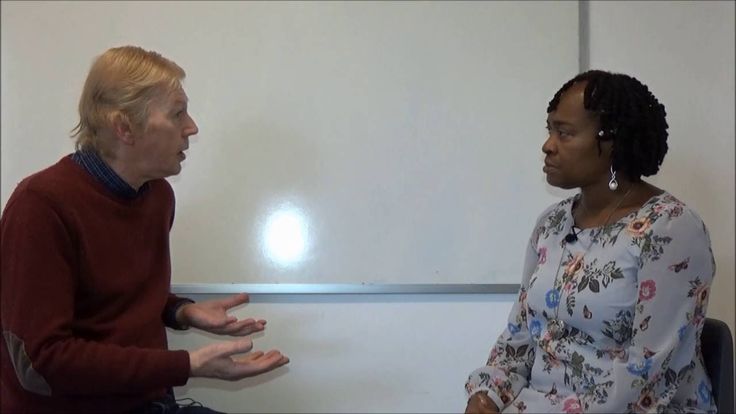 You will not only get to know a new person, but also share with him personal, intimate and sore. This is stress. However, don't worry - the consultant understands your condition and has the knowledge and skills to support you and lead the conversation in the right direction. And today we will tell you how the first meeting usually goes.
You will not only get to know a new person, but also share with him personal, intimate and sore. This is stress. However, don't worry - the consultant understands your condition and has the knowledge and skills to support you and lead the conversation in the right direction. And today we will tell you how the first meeting usually goes.
An example of a psychologist's consultation: a dialogue with a client
The first session is held in 3 stages:
- acquaintance;
- body;
- completion.
Each of them has its own goals and objectives, an algorithm for the development of events. Let's take a closer look at an example of a psychologist's consultation
Starting a consultation
You enter the expert's office or contact him online. Then he greets you, introduces himself and asks how he should address you. In the future, the specialist will use exactly the form of address that you name. The expert will then invite you to talk about what is bothering you. Example of a dialogue (the story is made up, any coincidence of names or queries from real practice is accidental):
Hello! My name is Alexey. How should I address you?
Hello! My name is Marina.
— Nice to meet you, Marina. Our meeting will last 60 minutes, during which time I will try to understand your problem, and together we will outline a plan to solve it. Please tell me what brought you to me.
- I don't even know where to start.
— I understand that it is hard for you to talk about this. Share what is bothering you right now. What do you want to talk about? Everything you say will remain in this office. nine0003
- I don't sleep well. Something is bothering me, but I don't know what.
- This is unpleasant. Let's try to understand what's going on.
Read our article on how to stop being embarrassed about a therapist and learn to talk personal →
Some experts start a conversation from afar:
-
- “How did you get there? Was it easy to find an office?
- "Are you comfortable?"
- "Let me tell you how our meeting will go.
 " nine0006
" nine0006
This helps relieve tension and relieve the client's anxiety. After that, the specialist still asks: “What brought you to me?”, “What worries you?”. The counselor then collects additional information to better understand the situation. To do this, he uses the following wording:
- "Let me clarify";
- "So you mean that...";
- "Did I understand you correctly...?".
At the end of the first part of the session, the specialist asks: “What result do you expect from our meeting?”. This helps to accurately formulate the request and determine the direction of therapy. Most likely, the expert will ask if you have contacted a psychologist before (with the same or another request). This will help him understand your expectations regarding therapy even better. According to a study published in the journal World Psychiatry, people who have already tried several times to understand their situation from other experts are less inclined to therapy with a new specialist and put forward pessimistic expectations about it. If you have not found your expert before, this does not mean that you cannot be helped - believe in yourself and therapy. At Alter, you can get psychological help by selecting a psychologist using a questionnaire. Answer a few questions, and the algorithm will select psychologists who will best deal with your request. Before proceeding to the main part of the communication, the specialist will repeat your complaints, thoughts and feelings related to them. If you agree with everything, then the consultant proceeds to the main part of the meeting. After you and the specialist decide on the treatment plan and methods, the expert will offer to conclude a therapeutic contract (informed consent). nine0003
If you have not found your expert before, this does not mean that you cannot be helped - believe in yourself and therapy. At Alter, you can get psychological help by selecting a psychologist using a questionnaire. Answer a few questions, and the algorithm will select psychologists who will best deal with your request. Before proceeding to the main part of the communication, the specialist will repeat your complaints, thoughts and feelings related to them. If you agree with everything, then the consultant proceeds to the main part of the meeting. After you and the specialist decide on the treatment plan and methods, the expert will offer to conclude a therapeutic contract (informed consent). nine0003
Main body
- example of a dialogue between a psychologist and a client at a consultation
If you are concerned about several things, the specialist will offer to choose what you will work on first. He may ask why you chose this topic. And he will clarify something else:
- “How long has this been bothering you?”
- “Have you already done something to resolve the situation? If so, what exactly?
- "Has this happened before?" nine0065 "Were you able to cope with these difficulties?"
- "Do you have someone who supports you?".
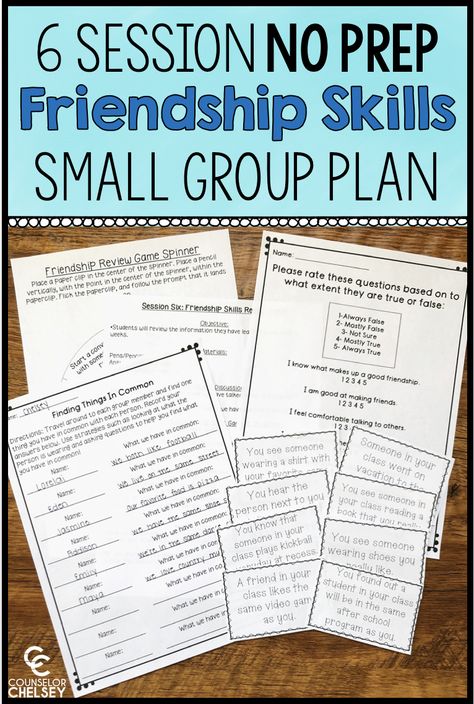
Continuation of Marina's story about poor sleep and anxiety:
— Marina, when did your sleep problems start?
- About a month ago.
— Did you have any major changes a month ago?
— My husband and I are preparing for the birth of a baby. To be more precise, we have been ready for this for a long time, we have undergone examinations, and now we have switched to an “active offensive”. I don't think it's a big change, because I'm not even pregnant yet. But other than that, nothing has changed. nine0003
- I understand you. In that case, please tell me, during this month, anxiety has often visited you?
- It doesn't happen every night. Sometimes I sleep very soundly and easily fall asleep, get enough sleep. On other nights, I can’t fall asleep - something disturbs me.
- What is the reason for this, in your opinion? What separates the days you sleep poorly from others?
- I find it difficult to answer.
- You mentioned that you and your spouse were preparing for pregnancy.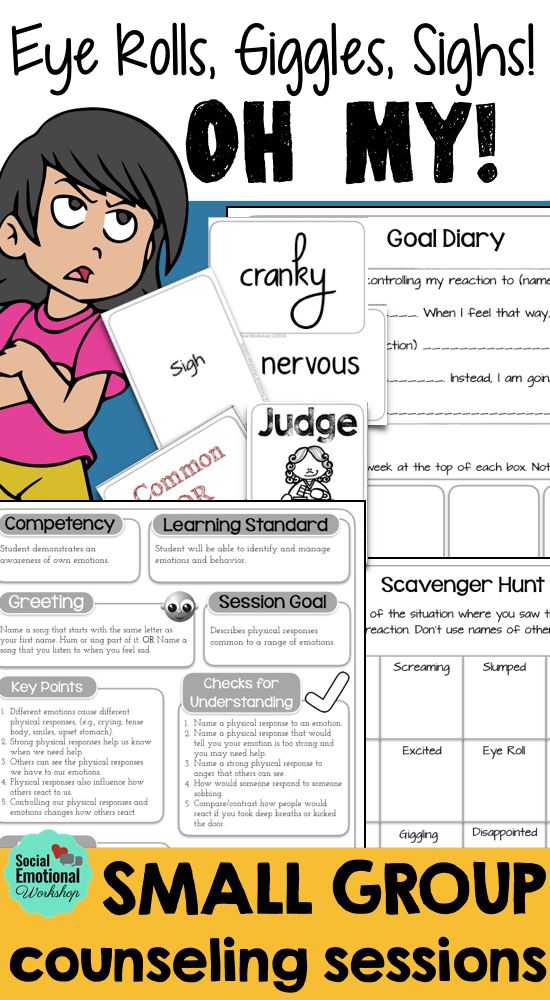 Do you or your partner have any limitations or difficulties in this area? nine0003
Do you or your partner have any limitations or difficulties in this area? nine0003
- No. It's just that we both believe that conception should be conscious. We are healthy. It was a routine medical examination. We both switched to a healthy lifestyle: proper nutrition, sports. Nothing special.
— What emotions do you experience when thinking about pregnancy?
- Joy and a little fear.
— I understand you. Having a baby is stressful. Change is always scary. Do you think your fear consists only of this or is there something else?
- Sometimes I feel like I can't do it. It's such a responsibility. But I immediately calm myself down, reminding me that I read books about motherhood, that I have a strong shoulder next to me, and so on. I don't think bad sleep has anything to do with it. nine0003
The dialogue is continued below in the final part of the meeting. The specialist asks only about what is important for solving the request. It unravels your situation like a ball of thread and allows you to see the main thing. Trust an expert. Tell everything honestly. Remember that the consultant acts in your best interest and is guided by the principle of "do no harm". Be active whenever possible. Psychotherapy is a two-way process. According to a study from the American Psychological Association, the success of therapy depends on the nature of the relationship between the client and the expert. Strive for cooperation, partnership, creation of a therapeutic alliance. nine0003
Trust an expert. Tell everything honestly. Remember that the consultant acts in your best interest and is guided by the principle of "do no harm". Be active whenever possible. Psychotherapy is a two-way process. According to a study from the American Psychological Association, the success of therapy depends on the nature of the relationship between the client and the expert. Strive for cooperation, partnership, creation of a therapeutic alliance. nine0003
Summing up
- example of completing a psychological consultation
The consultant repeats the main thoughts: “Today we found out…”. Then he asks for feedback: “What did you take away from today's meeting?”, “How do you feel?”, “How did our meeting meet your expectations?”. And proposes to continue at the next session. Before saying goodbye to you, the consultant will give a recommendation or a tool for self-help. For example, he will recommend keeping a diary of emotions and tell you how to fill it out correctly.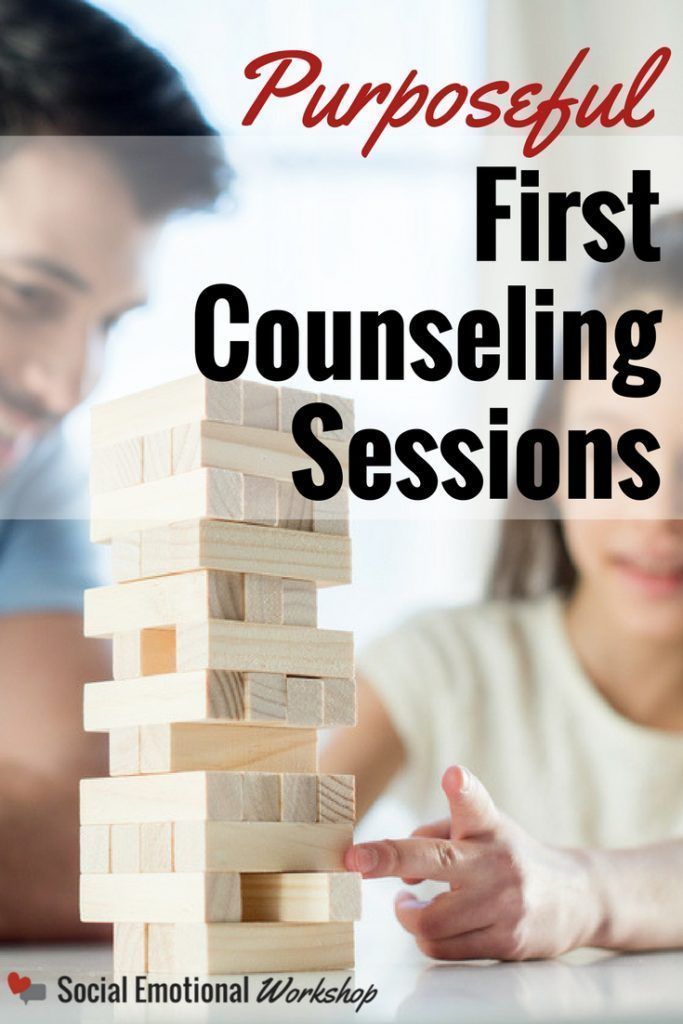 Or introduce you to an exercise that reduces anxiety and helps you relax. The consultant will select practical material individually, specifically for your case. nine0003
Or introduce you to an exercise that reduces anxiety and helps you relax. The consultant will select practical material individually, specifically for your case. nine0003
Option to end Marina's session:
- Got you. Well, the time for our meeting is coming to an end. Let's summarize. You and I need to understand why you sleep poorly, at what moments experiences become especially strong, which weakens and strengthens anxiety. Do you agree with this, Marina?
Yes.
- To do this, I suggest that you keep a diary of observations. Briefly write down every day, note important and interesting things, describe your emotions, especially the state before lights out. Be sure to mark the days with problem sleep - they definitely have something in common. At the next meeting, we will analyze these records together. Do you have any questions for me? nine0003
- No.
— Then please tell me how you feel? Has anything changed in your thoughts or emotions compared to before the session? To what extent did the meeting meet your expectations, what feelings did you get from it?
- I feel better.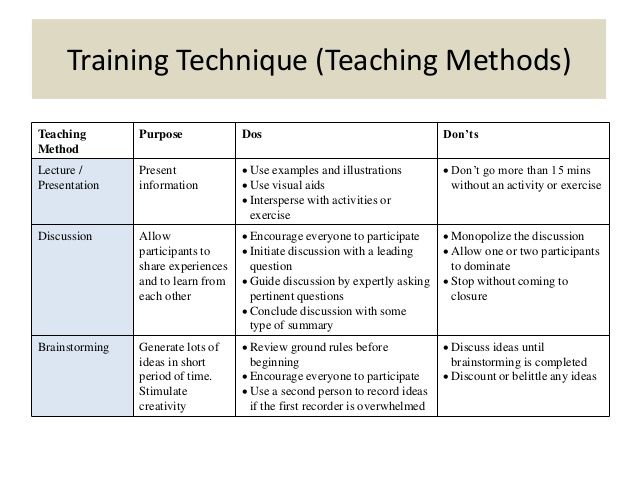 There was hope and even confidence that it would be possible to get rid of anxiety. And although it is still not clear what specifically caused it, but there are guidelines. I know which direction to go. When I went to the consultation, I hoped that they would help me, listen to me. So, the expectations matched the reality. nine0003
There was hope and even confidence that it would be possible to get rid of anxiety. And although it is still not clear what specifically caused it, but there are guidelines. I know which direction to go. When I went to the consultation, I hoped that they would help me, listen to me. So, the expectations matched the reality. nine0003
- I understand you. Well, thanks for being honest! See you at the next meeting.
- Goodbye.
- Goodbye.
Read our article on how to prepare for psychotherapy and what to expect from it →
Fill out the questionnaire
Psychological consultation transcript
- Psychologist writes a transcript of a consultation
In psychological counseling, a transcript is a recording in a notebook / typing on the keyboard of the main words, reactions and actions of the participants at each stage of the session (audio or video recording of the session is allowed only if the client has given written consent to this). The specialist writes down something right during the conversation, and something after. More often, experts record the main thoughts in the form of a table, for example, like this:
The specialist writes down something right during the conversation, and something after. More often, experts record the main thoughts in the form of a table, for example, like this:
| Conversation stage
| Purpose and actions of the consultant
| Client reactions (emotions, words)
| Comment / hypothesis
|
|---|---|---|---|
| Start | Establishing contact / asked how I should contact him | Anxiously answered: "Whatever, but not by name and patronymic." nine0224 | Perhaps the request affects the labor sphere, since the official appeal causes negative emotions |
| Main body 1 | Identification of the request / asked why he did not like the official appeal | “This is associated with the office.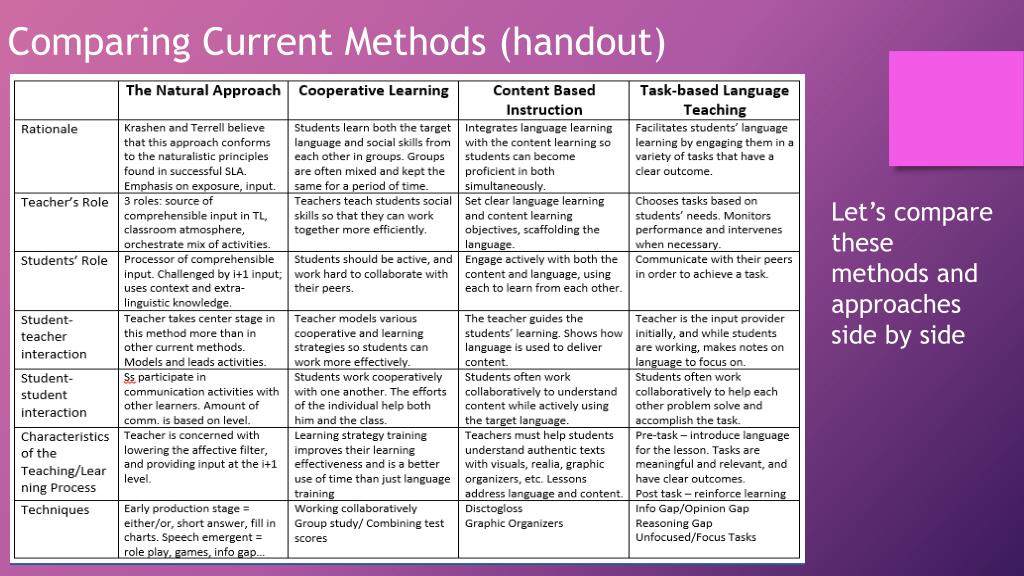 Everyone always wants something from me. If someone addresses me by my first and middle name or the full form of my first name, I am horrified - it seems that now I will again have to do someone else's work or climb out of my skin. I'm tired" Everyone always wants something from me. If someone addresses me by my first and middle name or the full form of my first name, I am horrified - it seems that now I will again have to do someone else's work or climb out of my skin. I'm tired" | I think Vanya is experiencing burnout |
| Main body 2 | Query refinement / “Does this bother you? Did you contact me because you were tired of the office?” | Became calmer. Answered: “No. Actually, something else worries me. I don't have the strength for anything. I lost interest in life, it lost its meaning. Help me get a taste for her again.” | Perhaps professional burnout led to apathy in general |
| Main part 3 | Clarification of the request / “I noticed that the topic of the work is unpleasant for you.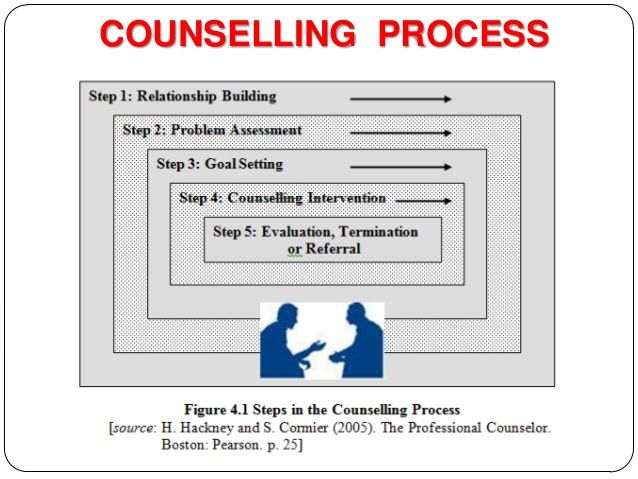 In your opinion, the general decline in strength is somehow connected with professional fatigue? When did you first notice this? Do you like what you do?" In your opinion, the general decline in strength is somehow connected with professional fatigue? When did you first notice this? Do you like what you do?" | Has become irritable again, but makes contact willingly: “Perhaps it is connected. I often skip weekends and take tasks home. I like what I do, but it is difficult for me to work in a team. It has always been: you always have to redo something for someone.0224 | Probably, burnout is associated with hyper-responsibility, distrust of people. |
| Completion | Summing up, consolidating a positive result / asked how Vanya's health has changed since the beginning of the meeting | Positive mood, calm, but sad. He replied: “Now I see what fatigue is connected with. I work a lot and take on other people's responsibilities.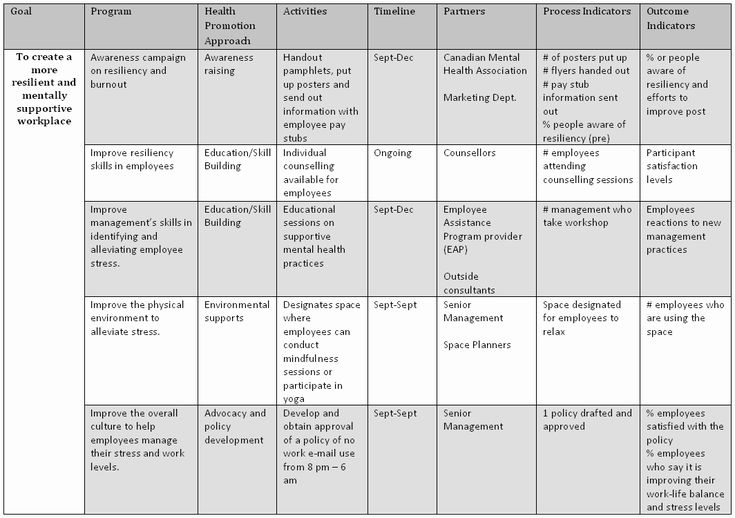 I think the exercise that you recommended will help me to delineate areas of responsibility.0224 I think the exercise that you recommended will help me to delineate areas of responsibility.0224 | Vanya is ready for cooperation and is aware of the direction in which to move |
The number of entries in each block is unlimited. For example, in the main part of this table, there will obviously be more of them if we continue to develop the topic and make a full description of the session. In terms of the volume of records, the number and names of columns, there is no single template either. The format may be different: not a table, but simply a record of the dialogue with notes about important details (like a protocol). The expert makes notes for himself, so as not to forget or miss anything important, to make the therapy as effective as possible. Like other therapy materials, these records are kept strictly confidential. nine0003
Analysis of psychological counseling: example
- analysis of psychological counseling
Immediately after the meeting, the expert analyzes the consultation.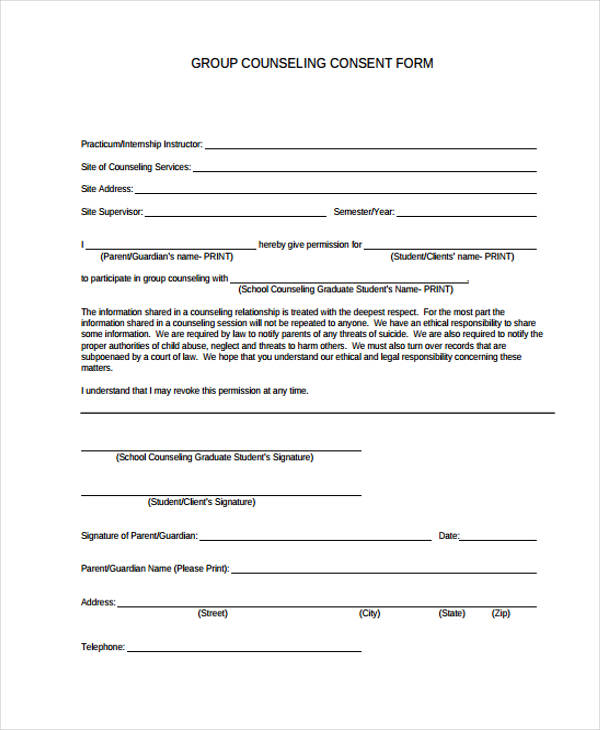 In essence, this is self-analysis for the purpose of professional development and increasing the effectiveness of therapy. Researchers believe that a conscious approach to counseling greatly influences the effectiveness of therapy. They note that experts who achieved a high level of efficiency devoted 2.5 more hours to professional reflection than their colleagues who reached an average level. Deliberate practice is the main factor in the effectiveness of a consultant. Analysis elements:
In essence, this is self-analysis for the purpose of professional development and increasing the effectiveness of therapy. Researchers believe that a conscious approach to counseling greatly influences the effectiveness of therapy. They note that experts who achieved a high level of efficiency devoted 2.5 more hours to professional reflection than their colleagues who reached an average level. Deliberate practice is the main factor in the effectiveness of a consultant. Analysis elements:
- Basic information about the applicant. Name, age, request and other important details.
- Transcript of a psychotherapy session.
- Statement of hypotheses and selection of techniques to test them.
- Direct analysis of the meeting: what methods the consultant used, what worked and what did not work and why.
- Conclusions and practical recommendations for self-help of the applicant.

The expert will introduce you to the last one, the rest of the information remains in his notebook. An example of an analysis of a psychological consultation, supplementing the transcript that we have already analyzed (any coincidences of names and requests are accidental, the story is fictitious):
- Initial data: Vanya, male, 30 years old, head of sales department.
- Request: impotence and apathy, loss of the meaning of life. Wants to regain interest and taste for it.
- Hypothesis: Vanya faced professional emotional burnout, which affected his life in general. Burnout is associated with hyper-responsibility and attempts to control everything around you.
- Testing the hypothesis: I clarified something with Vanya, and my hypothesis is still confirmed. Vanya is actively making contact, at the next meeting we will look into the reasons for his hyper-responsibility. I'm going to ask a few questions about his childhood and family history.
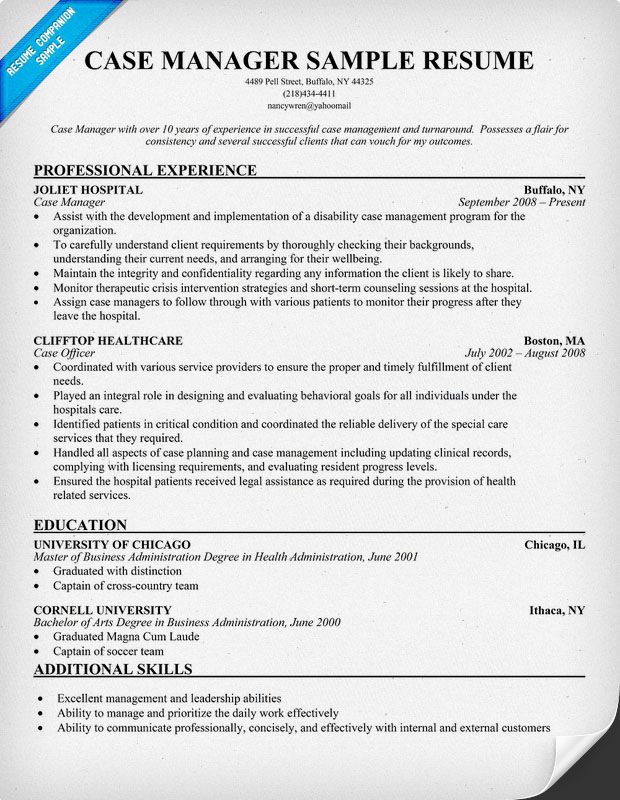 nine0006
nine0006 - Conclusions: I am satisfied with how the meeting went. I advised Vanya to listen to her needs more often, look for hidden benefits - ask herself "Why am I doing someone else's work / overworking again?" and perform the exercise "Area of Responsibility".
As well as writing down the main thoughts, the entire analysis can be detailed or brief. The form of presentation is also free. Now you imagine how the meeting with the consultant goes. As a rule, the first session is spent on getting to know each other, identifying the request, developing a therapy plan, discussing the rules of cooperation and choosing therapies. What we have described is an example. Each session is unique, and the meeting algorithm differs depending on the request and approach in psychotherapy. But the ethical principles on which the consultant relies are unchanged. He will not evaluate you, criticize or impose his opinion. He will try to see the situation through your eyes, to understand you.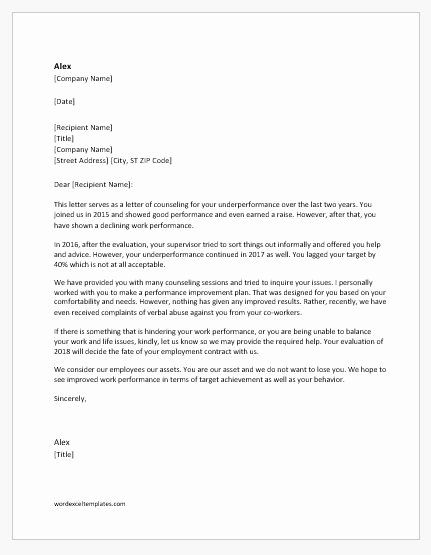 Go to the session with the knowledge that the expert will certainly accept and support you - this will reduce anxiety. it was
Go to the session with the knowledge that the expert will certainly accept and support you - this will reduce anxiety. it was
Rate this article
[Total: 8 Rating: 5]
Share this post
Link copied to clipboard!
| Analysis of the session of psychological counseling | ||||||
| Psychological counseling - Counseling examples | ||||||
| nine0024 Federal Agency for Sea and River Transport Federal Budgetary Educational Institution of Higher Professional Education “Marine State University named after Admiral G.I. Nevelskoy" Marine Humanitarian Institute Faculty of Psychology and Social Management Department of Psychology Psychological counseling session analysis Completed by: Salova A.A., group 09.41 Vladivostok Plan
The session was held on April 30, 2014 at the client's office, in her free time.
Before the session, I was very worried, in my head I constantly scrolled what I would say, and how everything would go, imagined the client's reaction, the difficulties that might arise. I called the client in advance and arranged a meeting with her, but still I was very worried on the day of the meeting. But I had the strength to work, but I can’t say that I would be completely sure of them. nine0340 During the session, at the beginning I was unsure of my questions, trying to talk less, while trying to be more focused on what the client was telling me. It seemed to me that during the session and from the side of the client there was support for me, since there were no moments of “freezes”, the client was thinking, thinking, well, I went with the flow of work. By the stage of the desired result, I was able to completely relax and feel less anxious, after the session there was no severe fatigue.
Basically, I used open and closed questions, they helped me in talking with the client, to find out more information about him, about his problem.
The moment of choosing a strategy seemed unsuccessful to me. The client chose only one strategy, and I seemed to agree with it, not fully understanding what the client wants. It would be possible to come up with a couple of strategies, and analyze in detail each of them, its pros and cons. nine0003
The client's request at the beginning of the session was "I want to learn how to say no to people without feeling guilty and remorseful." At the end of the session, the request remained the same. Most likely, it would have been better to clarify and edit the request, so that the client came up with an idea why he believes that he can offend a person. During the consultation process, this was not entirely successful. nine0003
I fully completed 2 stages in working with the client, but the beginning of the 3rd stage only revealed what we still have to work with in the future and what the client wants to receive in the end.
In the course of psychological counseling, I came up with a hypothesis that the client is afraid to refuse other people, does not know how to refuse correctly, and does not know how to ask either. This is evidenced by facts from the words of the client: |
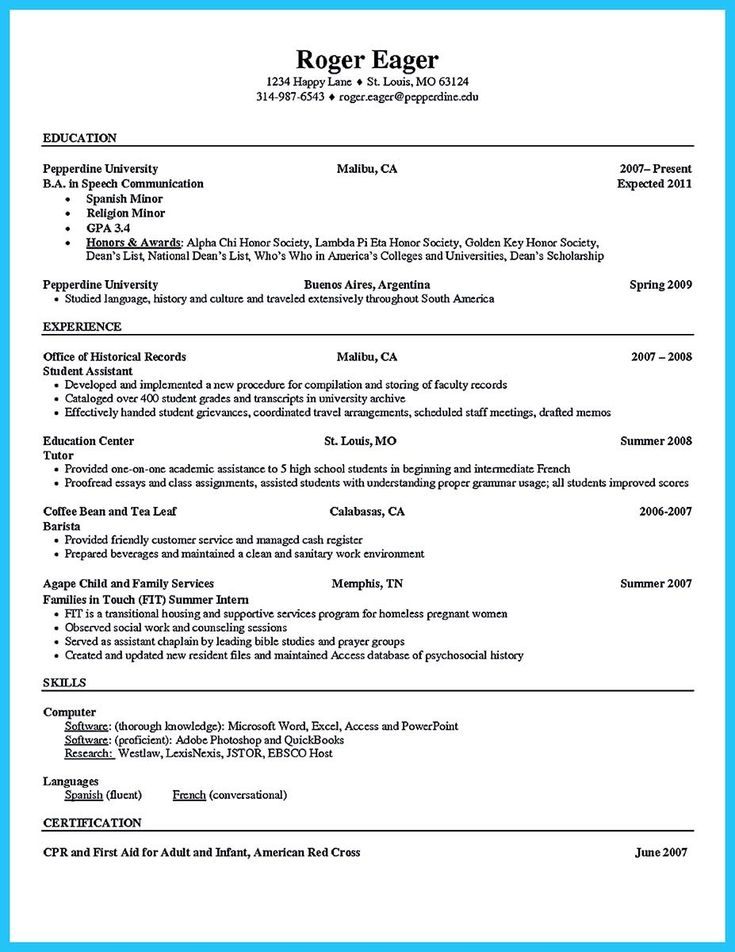 V. nine0003
V. nine0003 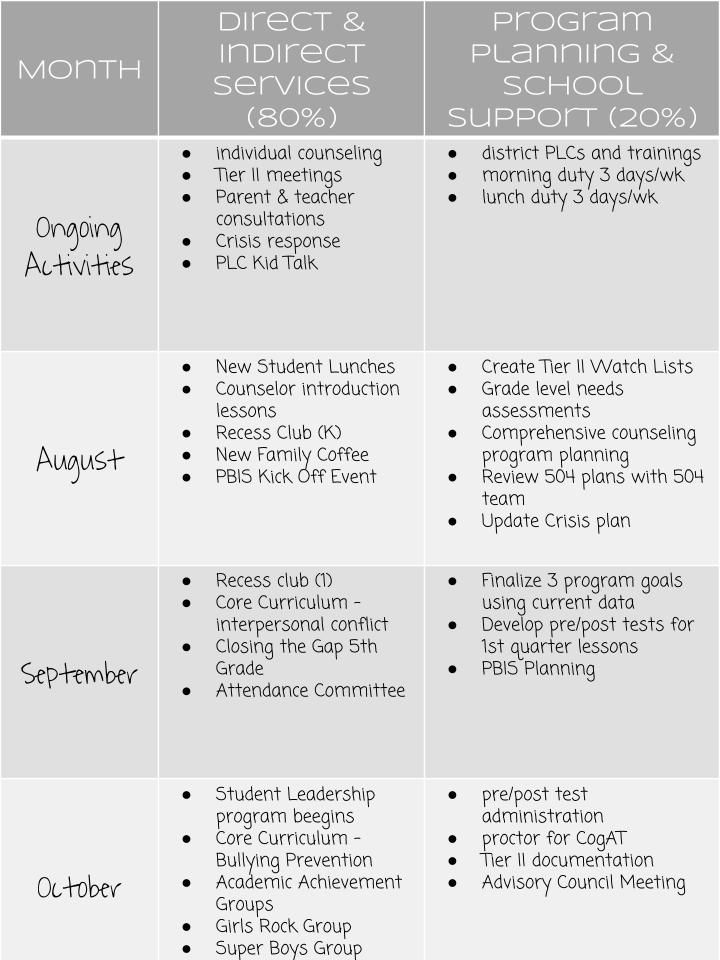 The session starts at 14:00, the session ends at 15:00. nine0340 Client: Alexandra, 34, hairdresser.
The session starts at 14:00, the session ends at 15:00. nine0340 Client: Alexandra, 34, hairdresser. 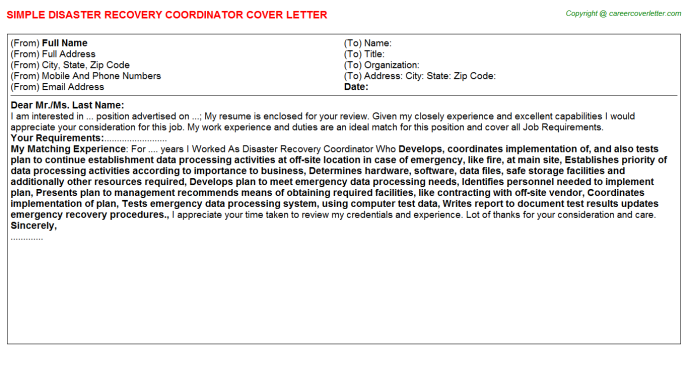
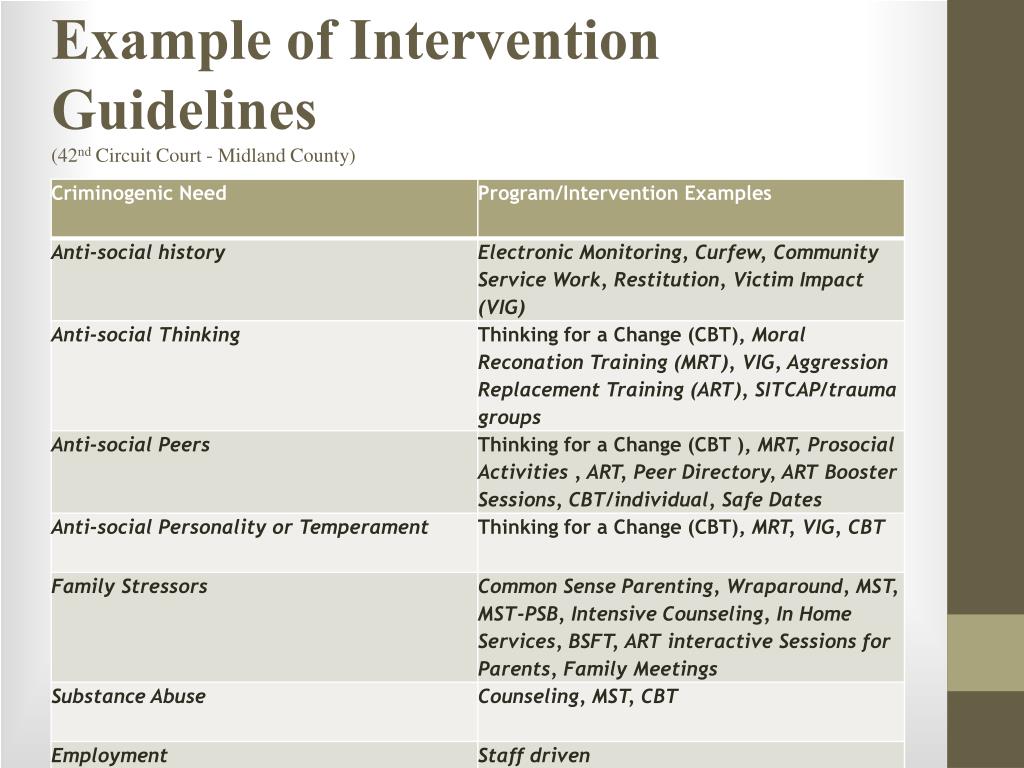 May be. Well, I would rather call myself a kind person. It's just that sometimes I just don't feel like doing what I'm asked to do. Especially my little sister. But I don't want to refuse.
May be. Well, I would rather call myself a kind person. It's just that sometimes I just don't feel like doing what I'm asked to do. Especially my little sister. But I don't want to refuse. 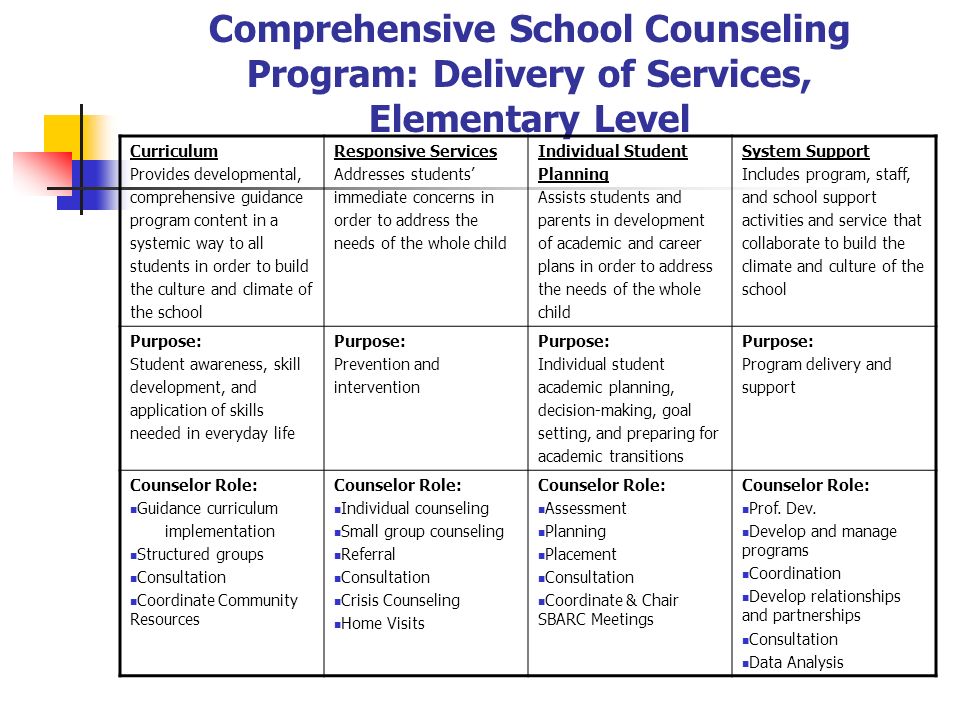
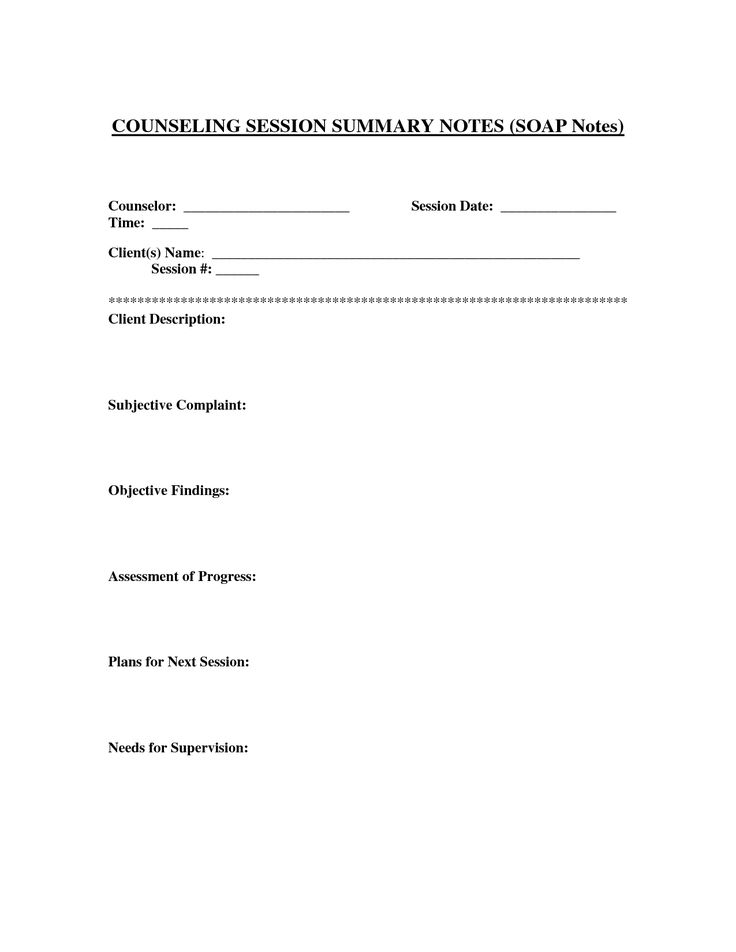 And with my “no” not to offend people, but to show them that I am glad to help them, but now I just don’t have time.
And with my “no” not to offend people, but to show them that I am glad to help them, but now I just don’t have time. 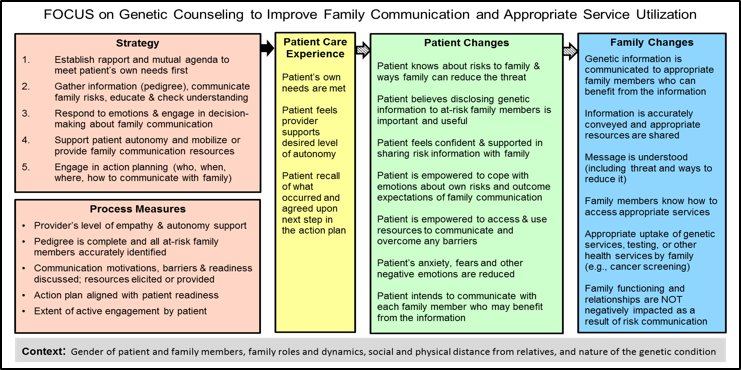 Tell me more about it, please.
Tell me more about it, please.  sister, for example?
sister, for example? 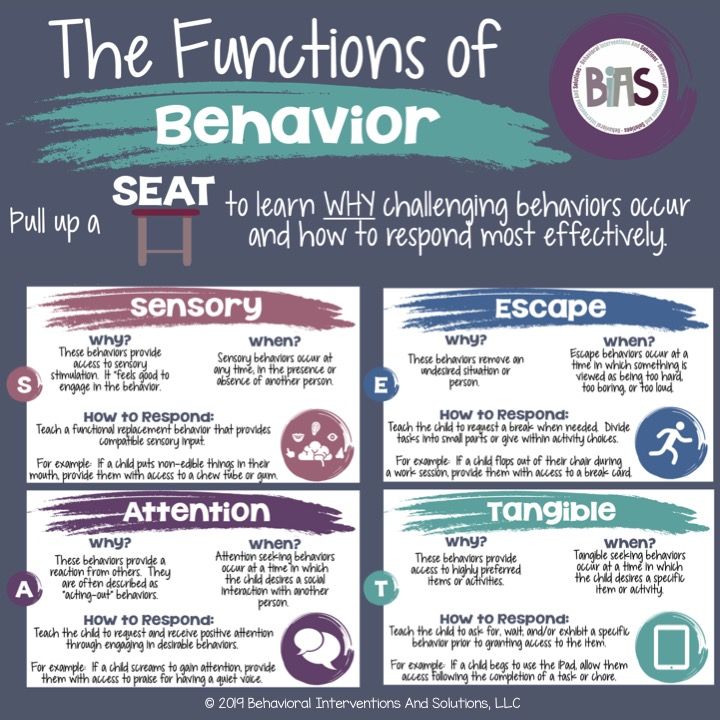
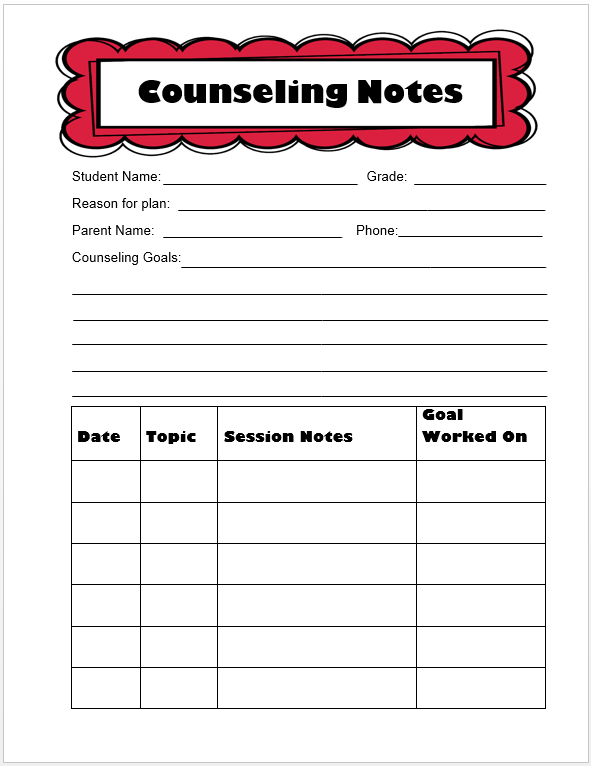
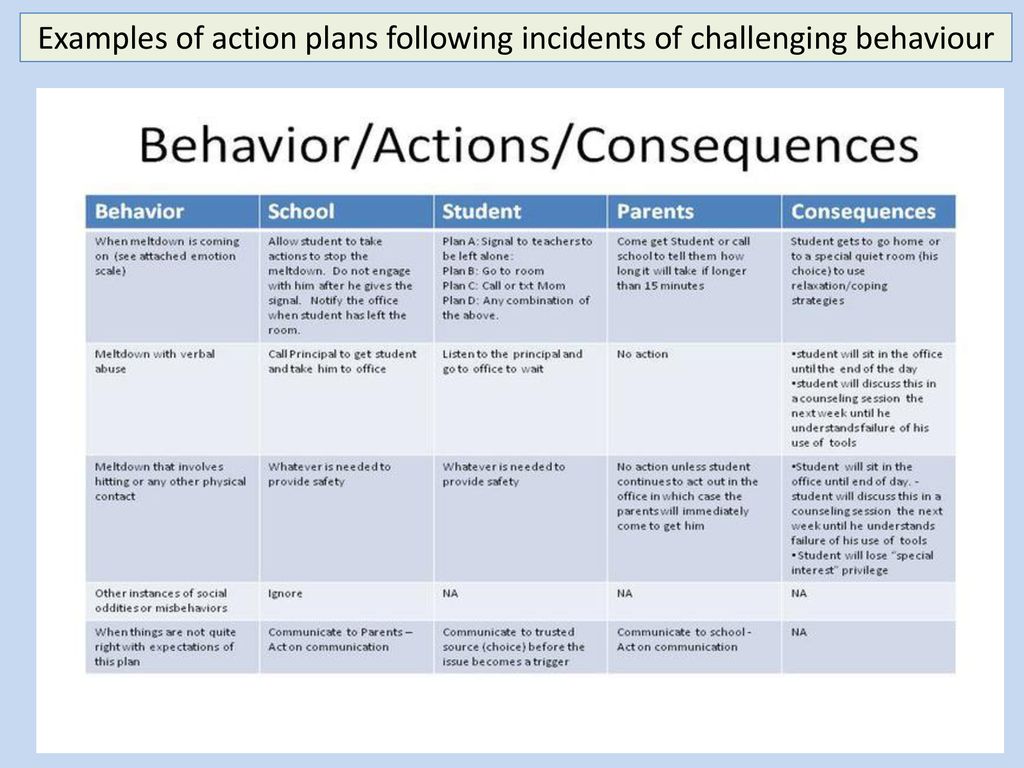 I was glad that, although I didn’t help the client completely, to the end, to understand the client’s problem, the client, according to him, understood something that he didn’t understand before. nine0003
I was glad that, although I didn’t help the client completely, to the end, to understand the client’s problem, the client, according to him, understood something that he didn’t understand before. nine0003 
